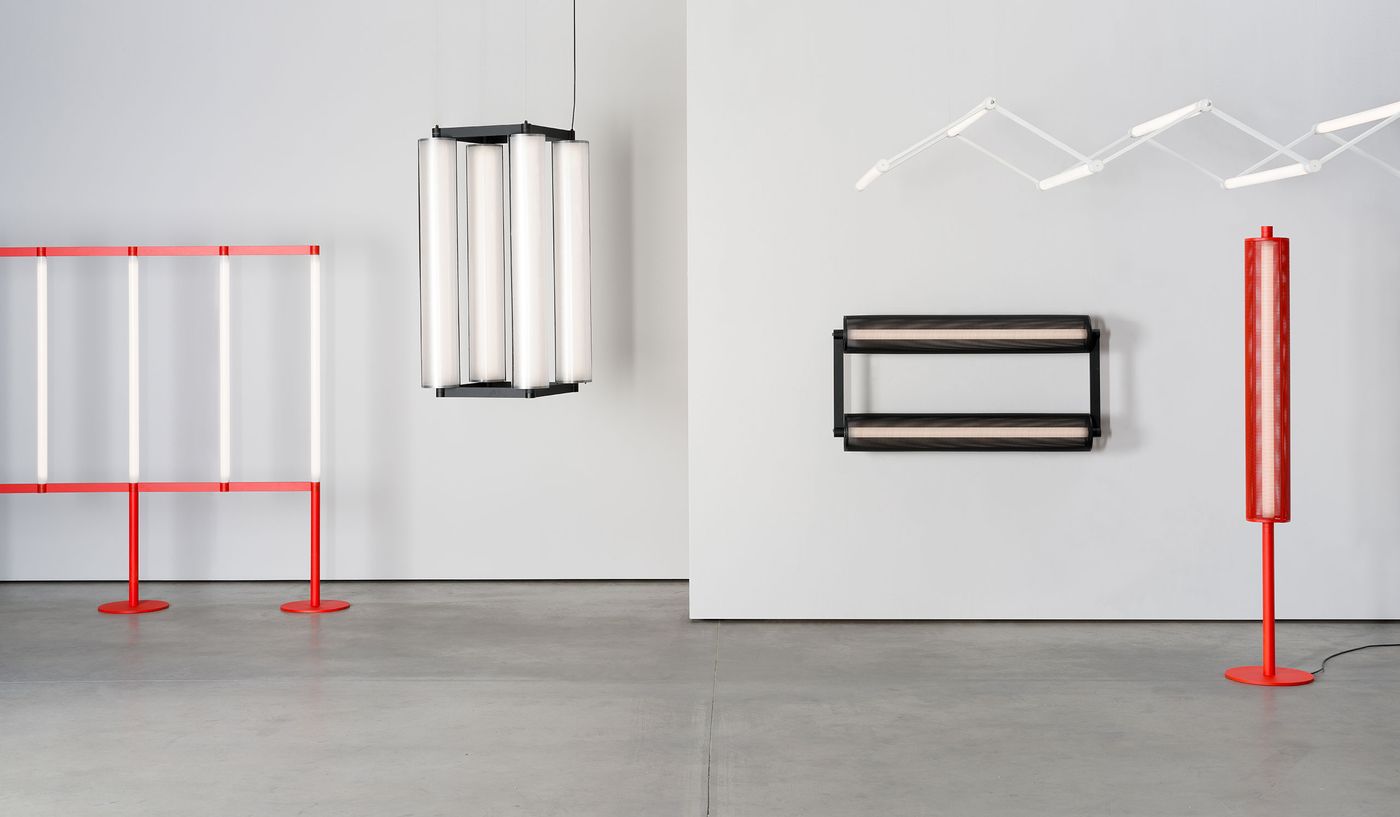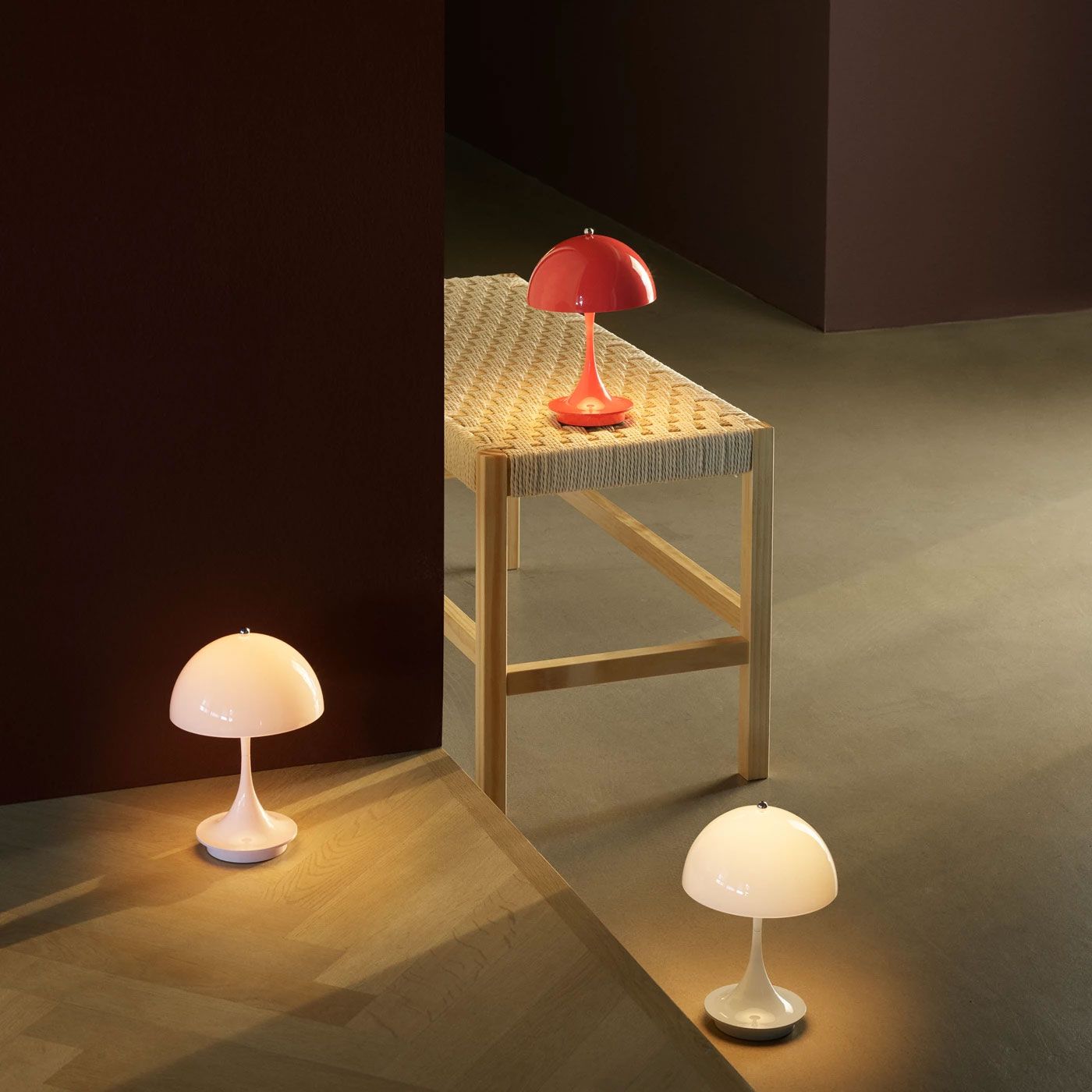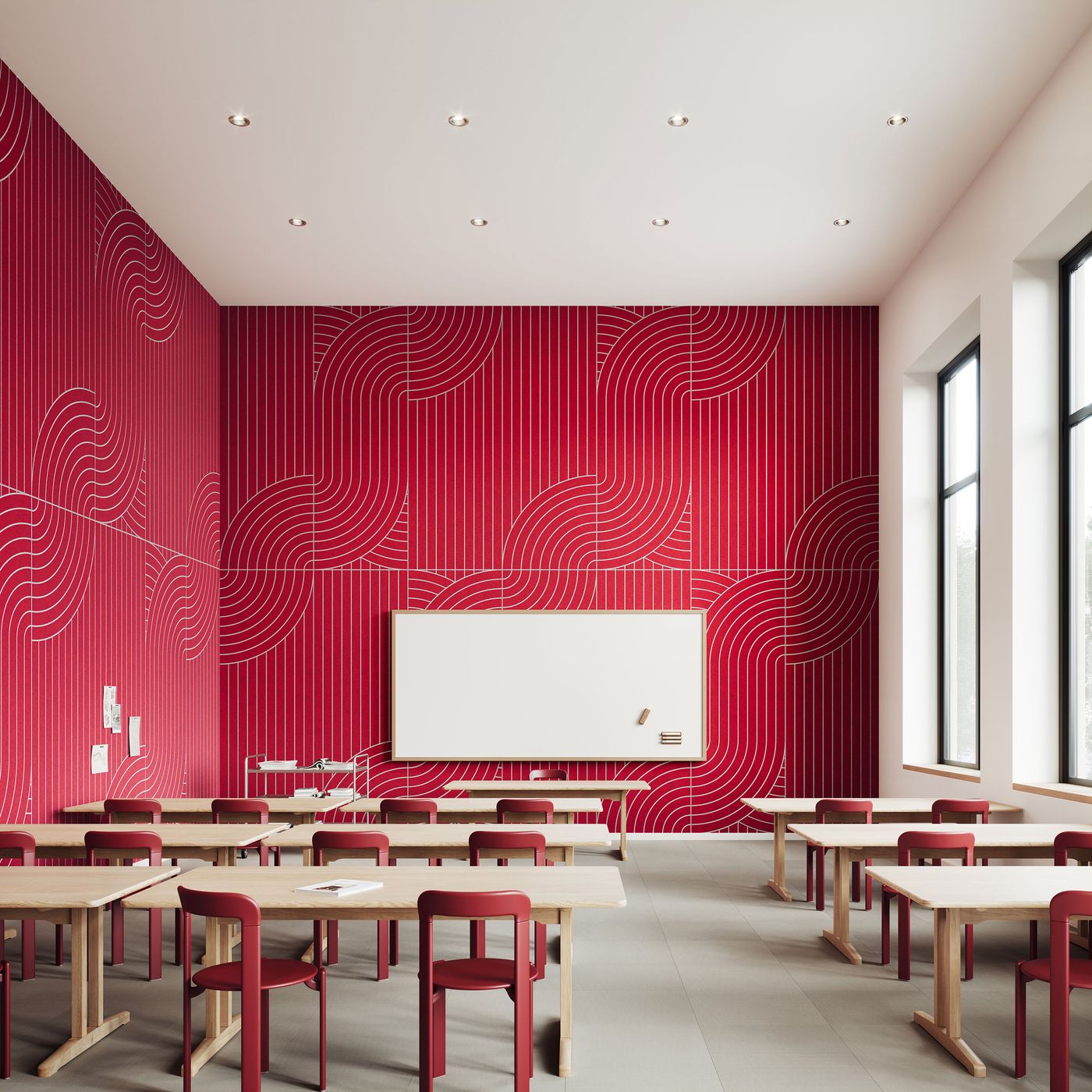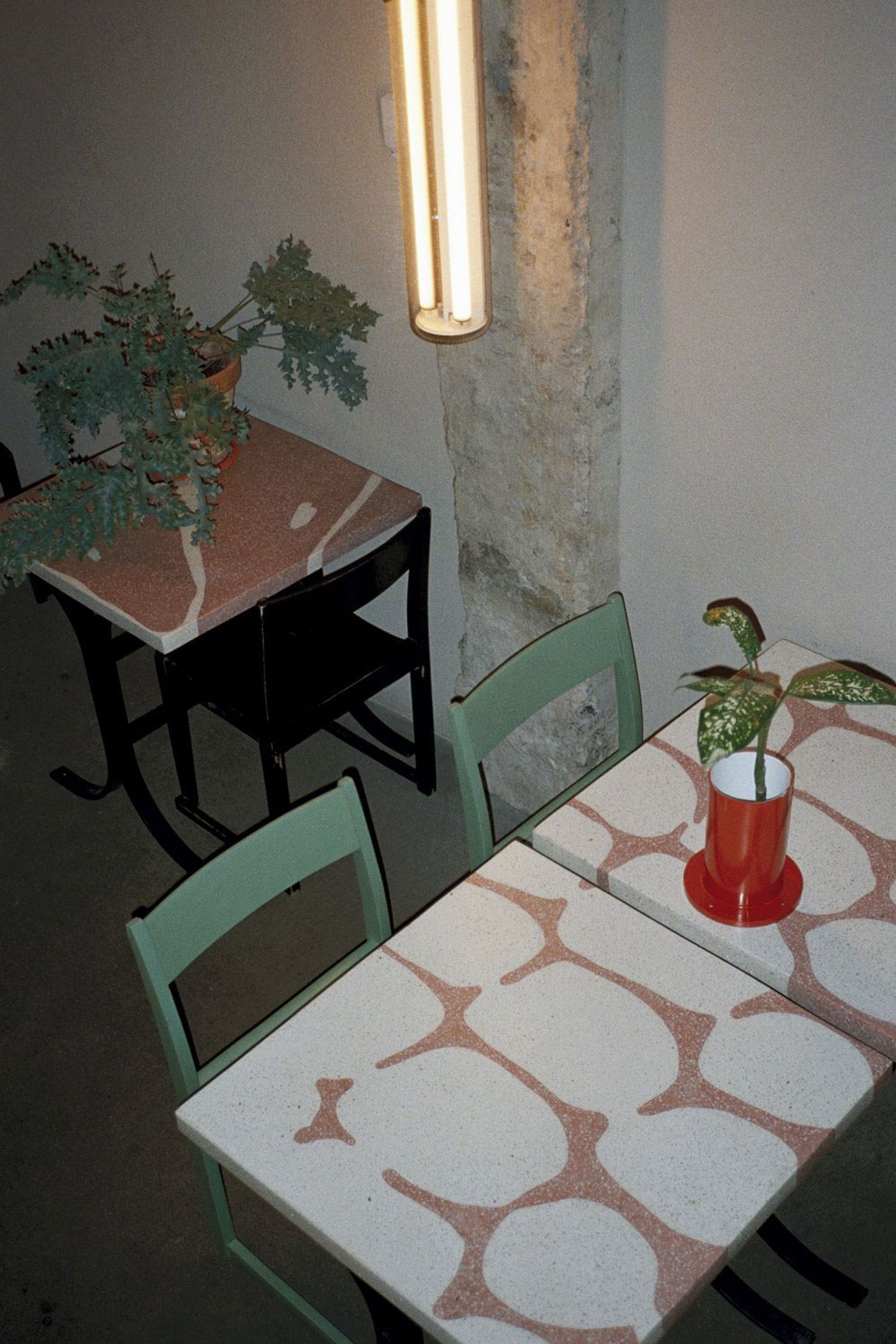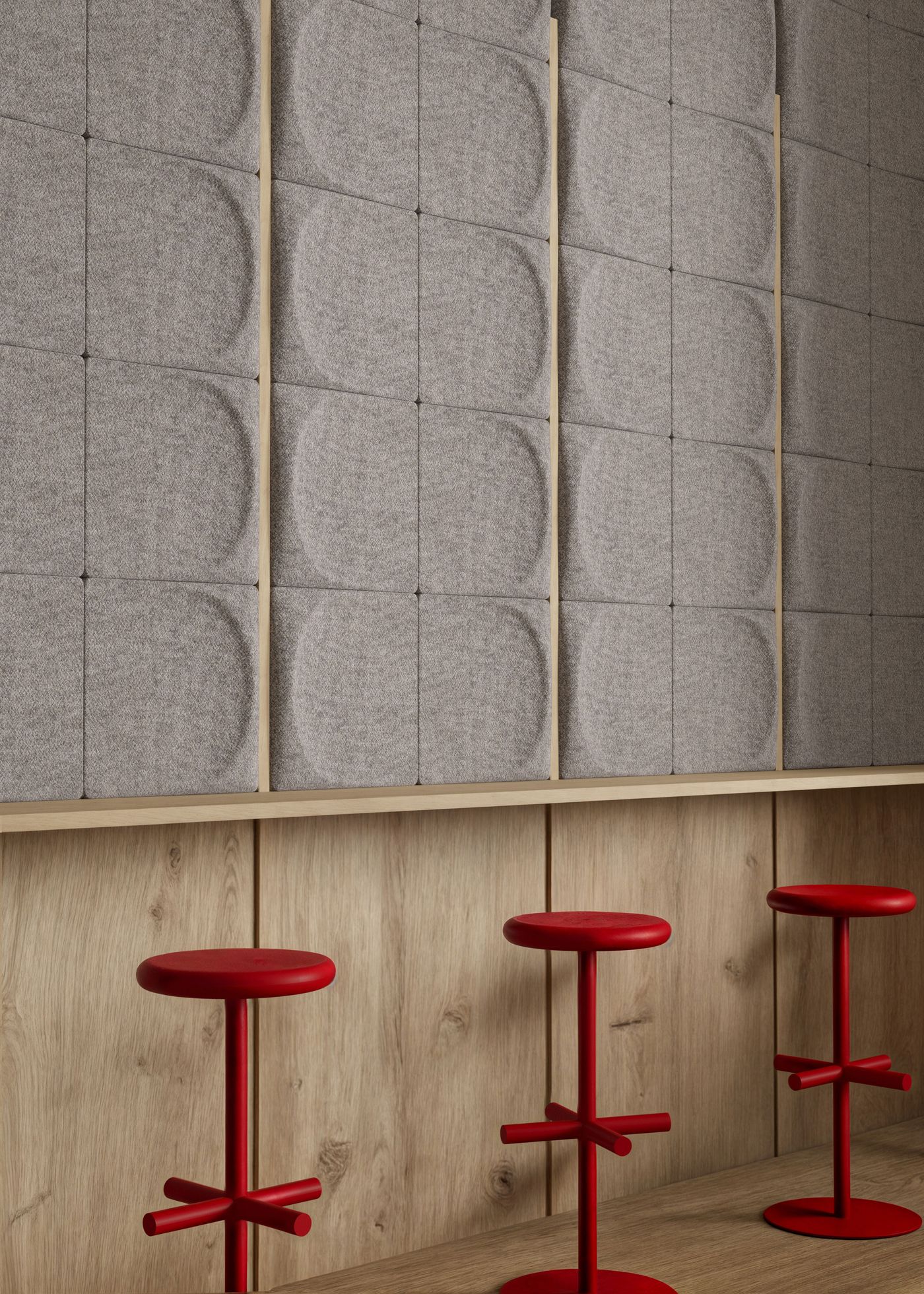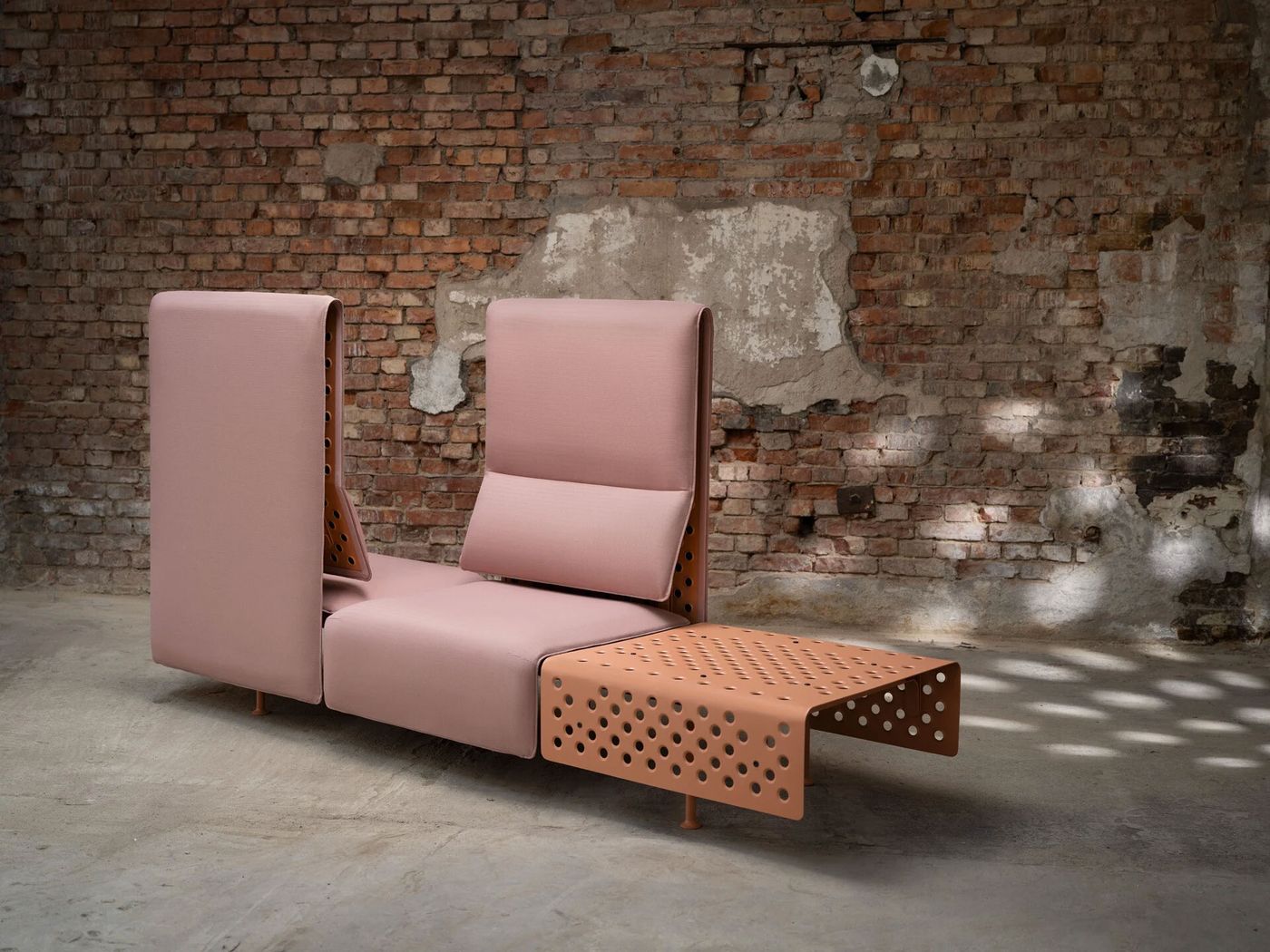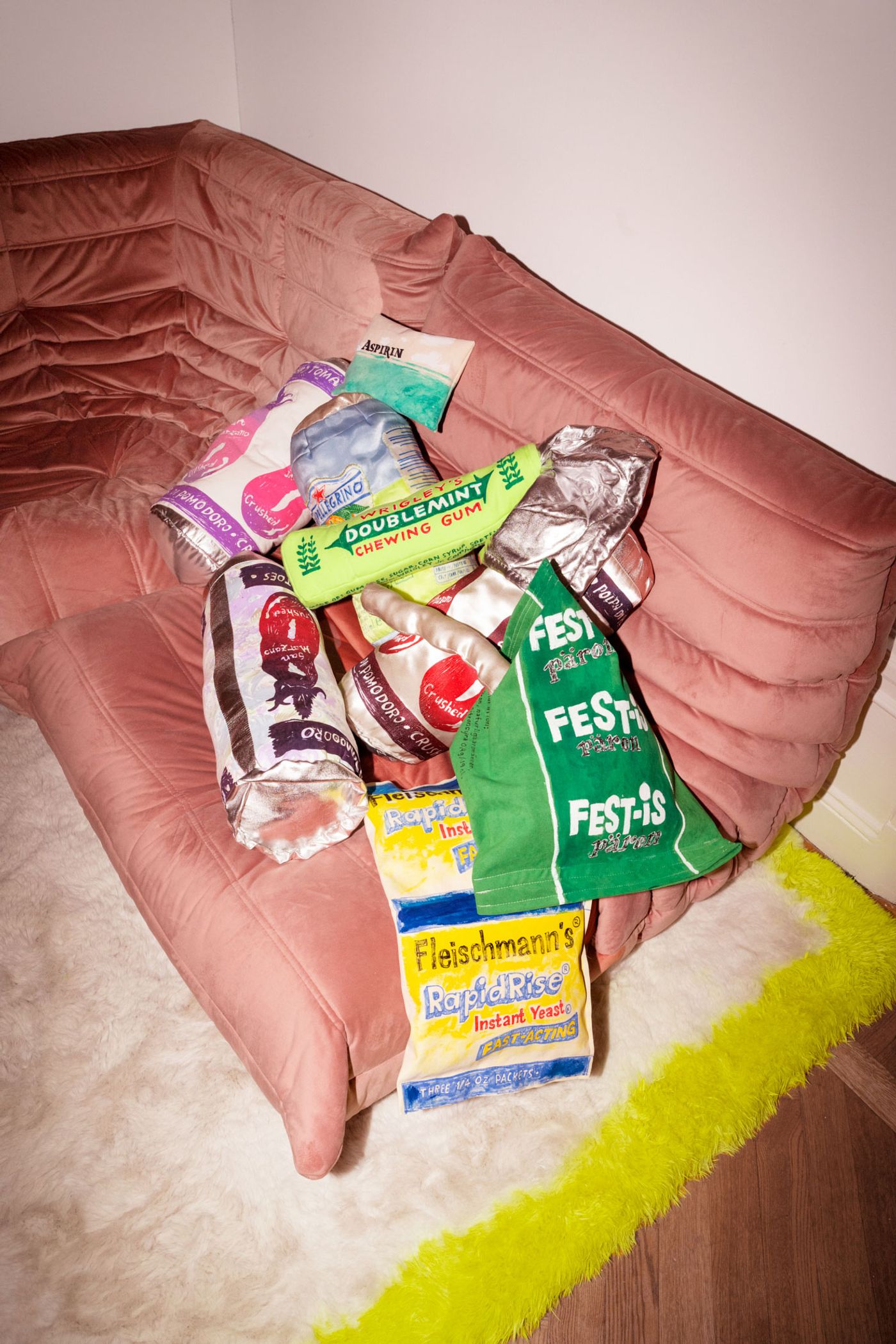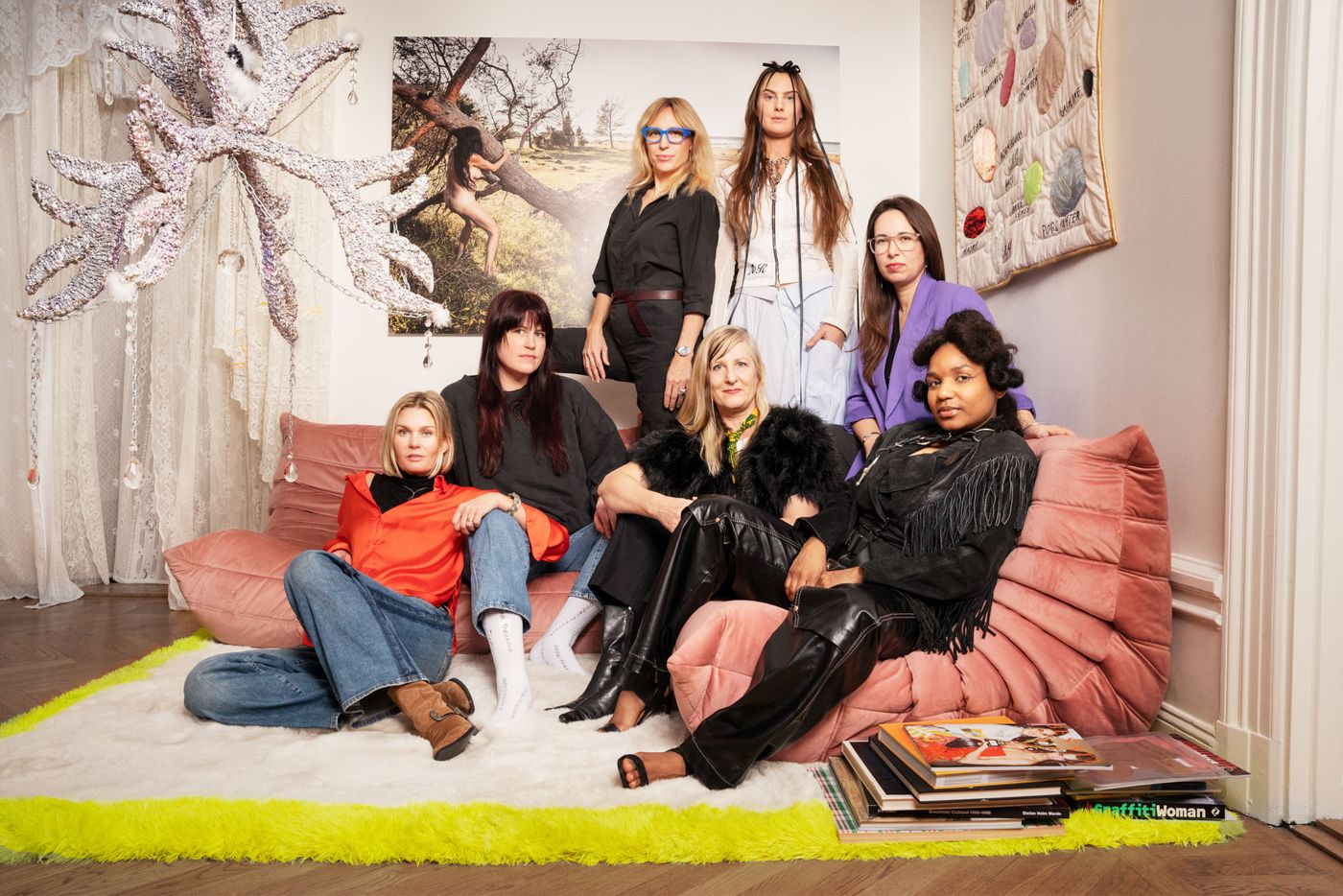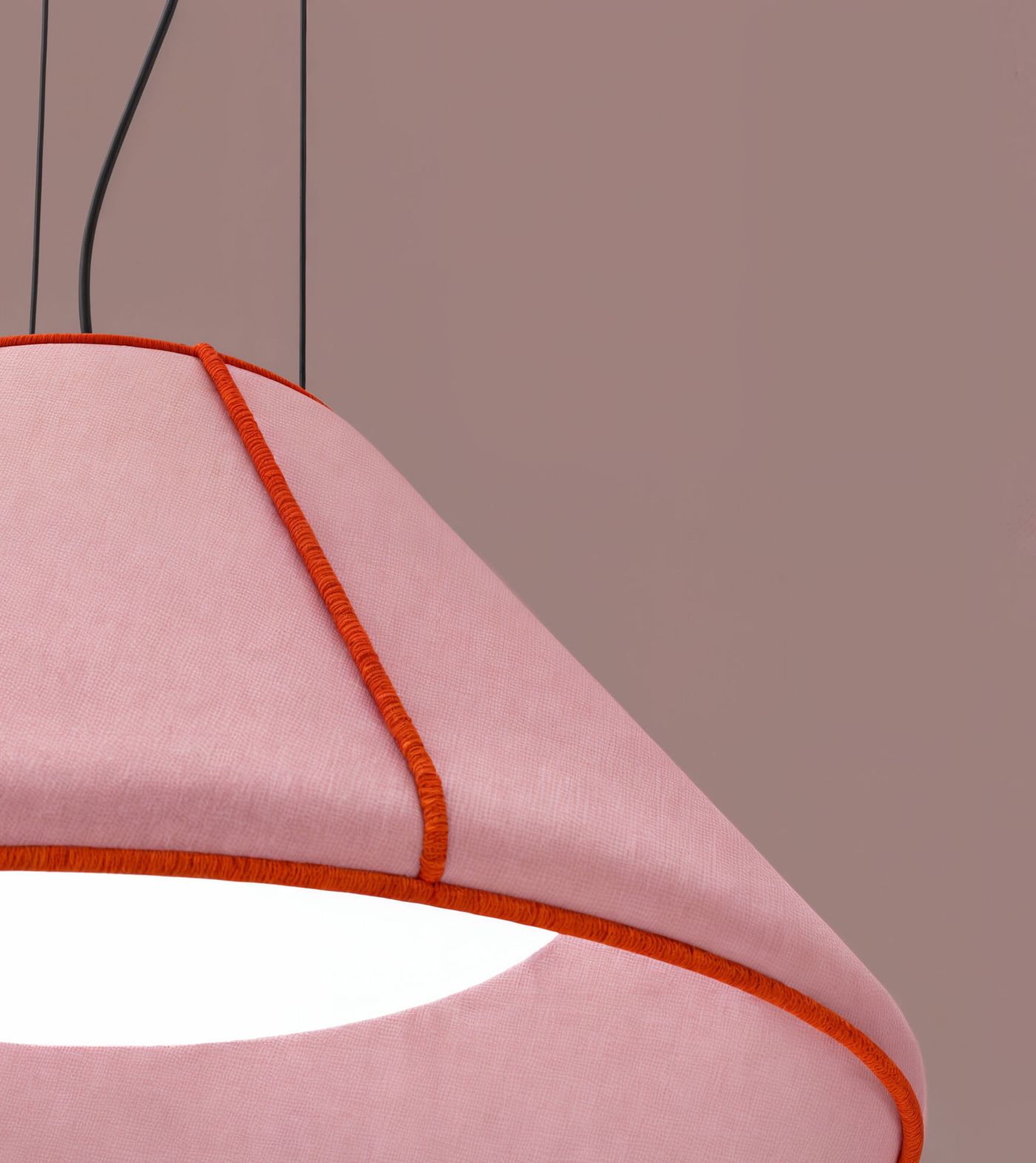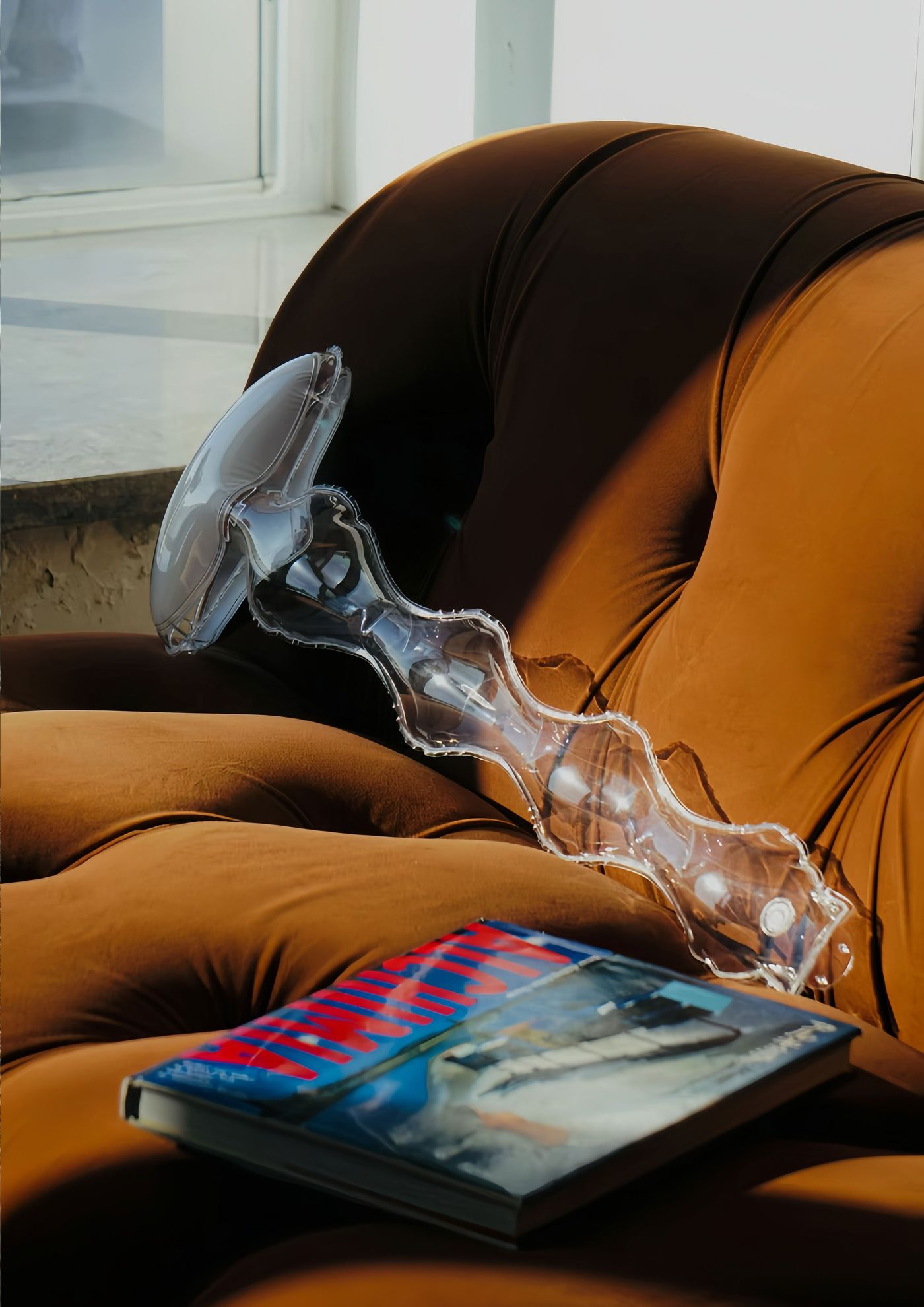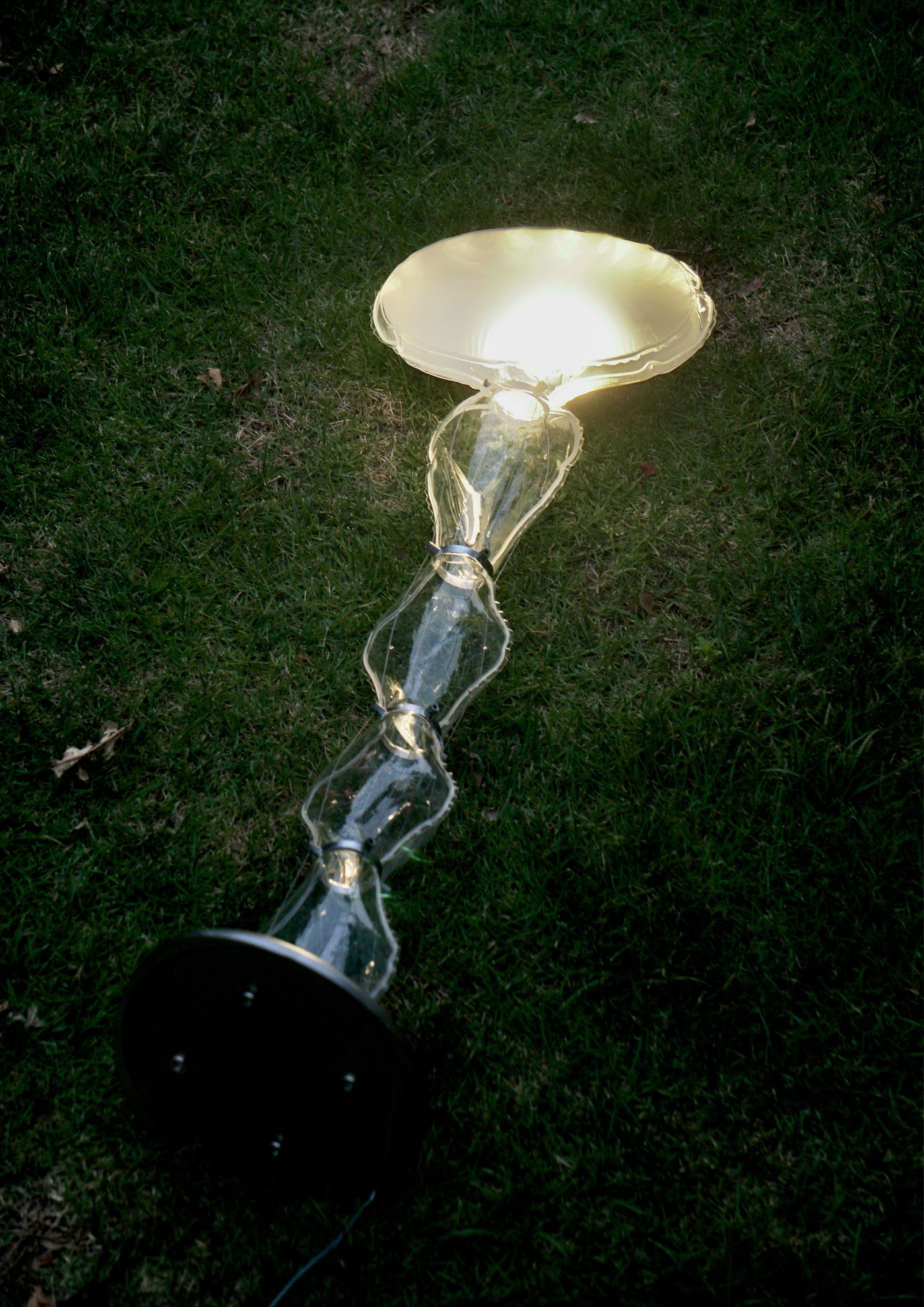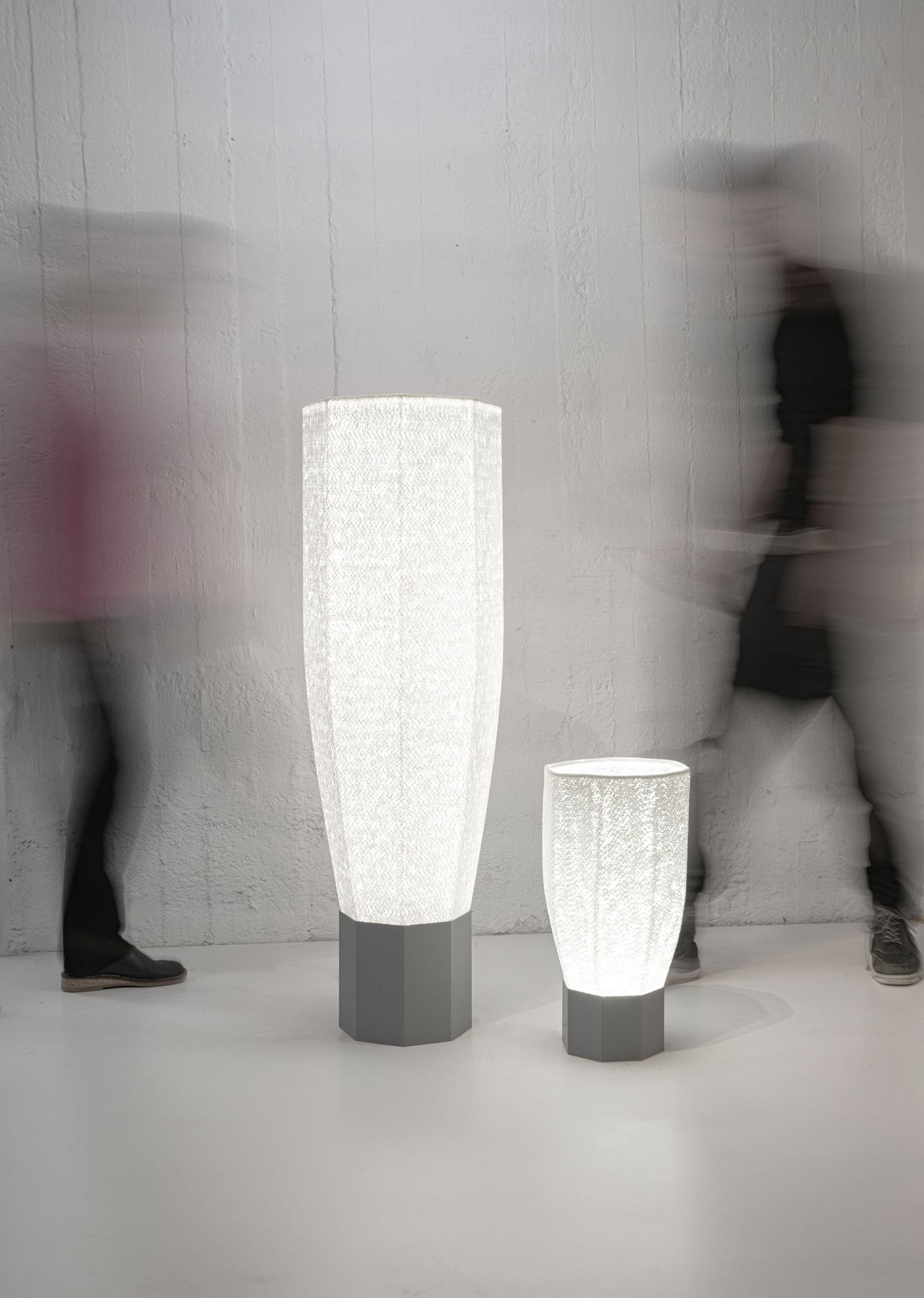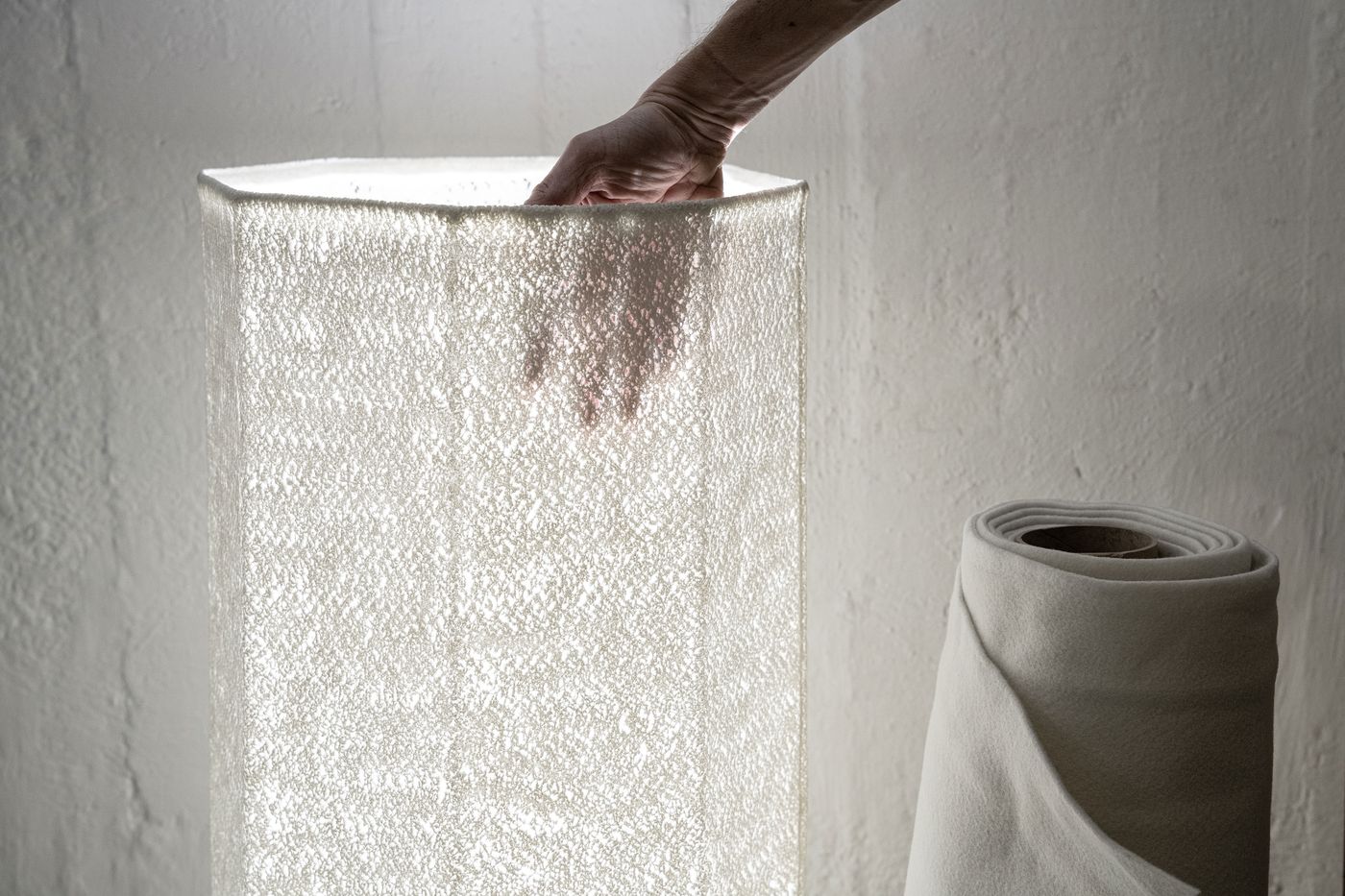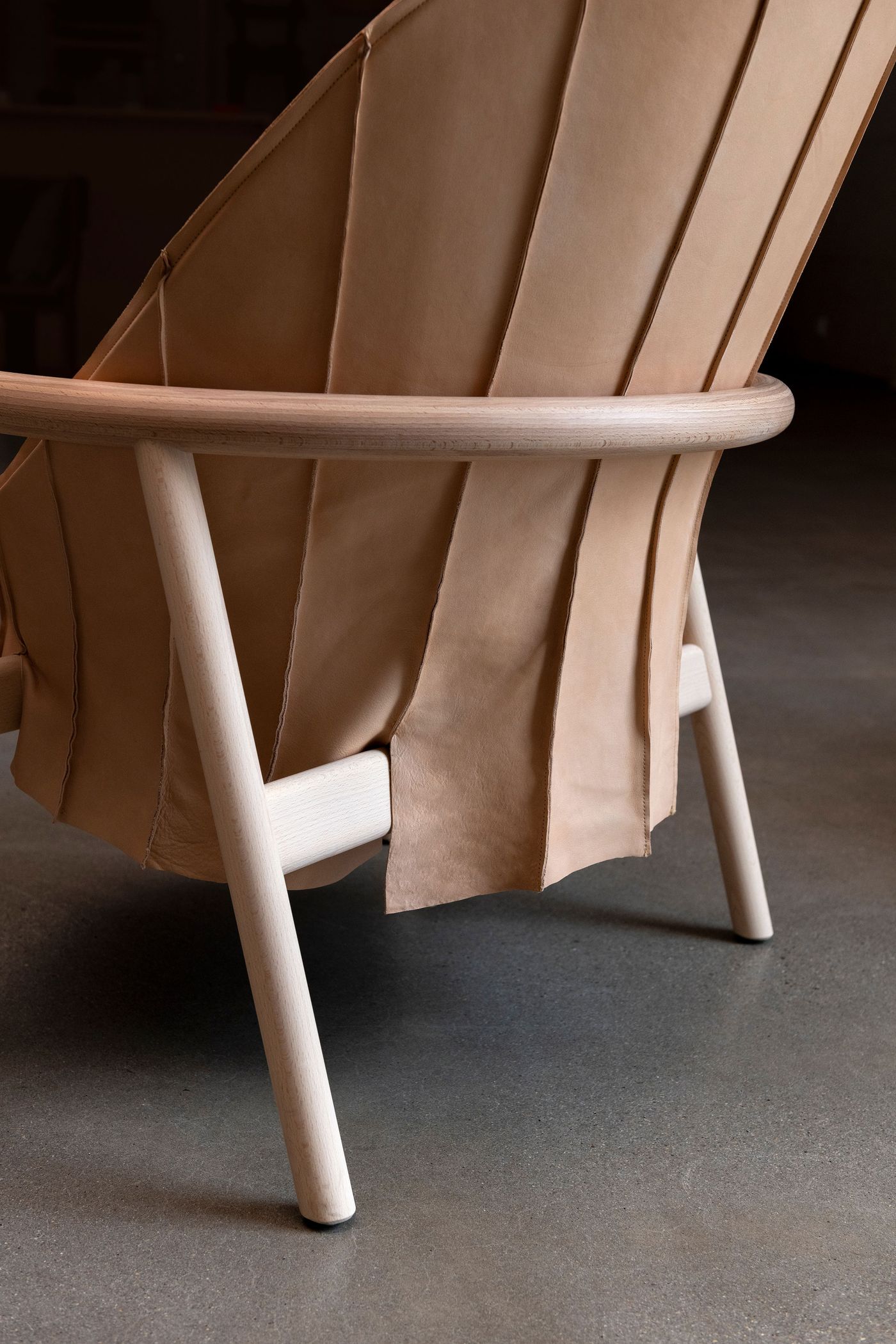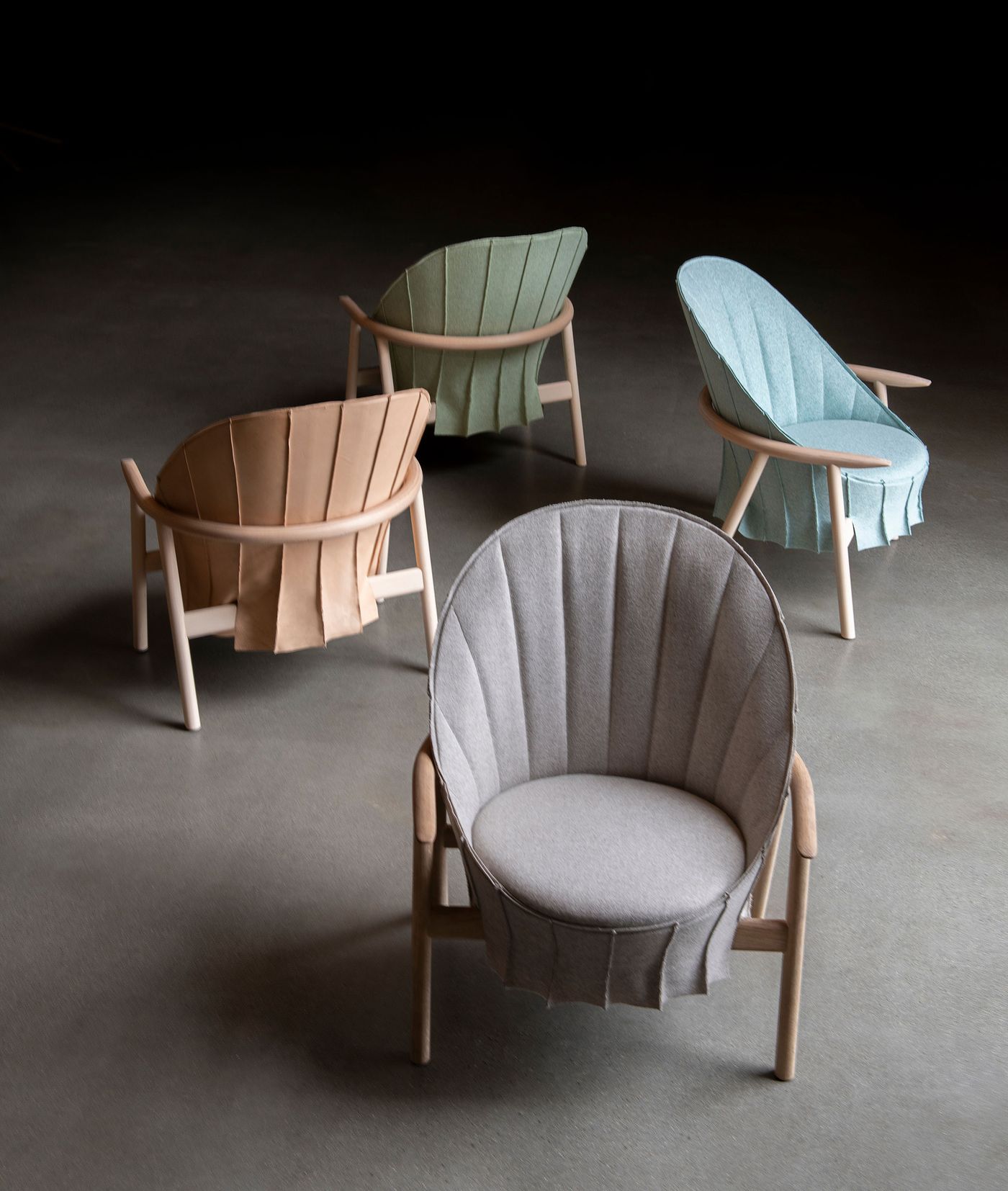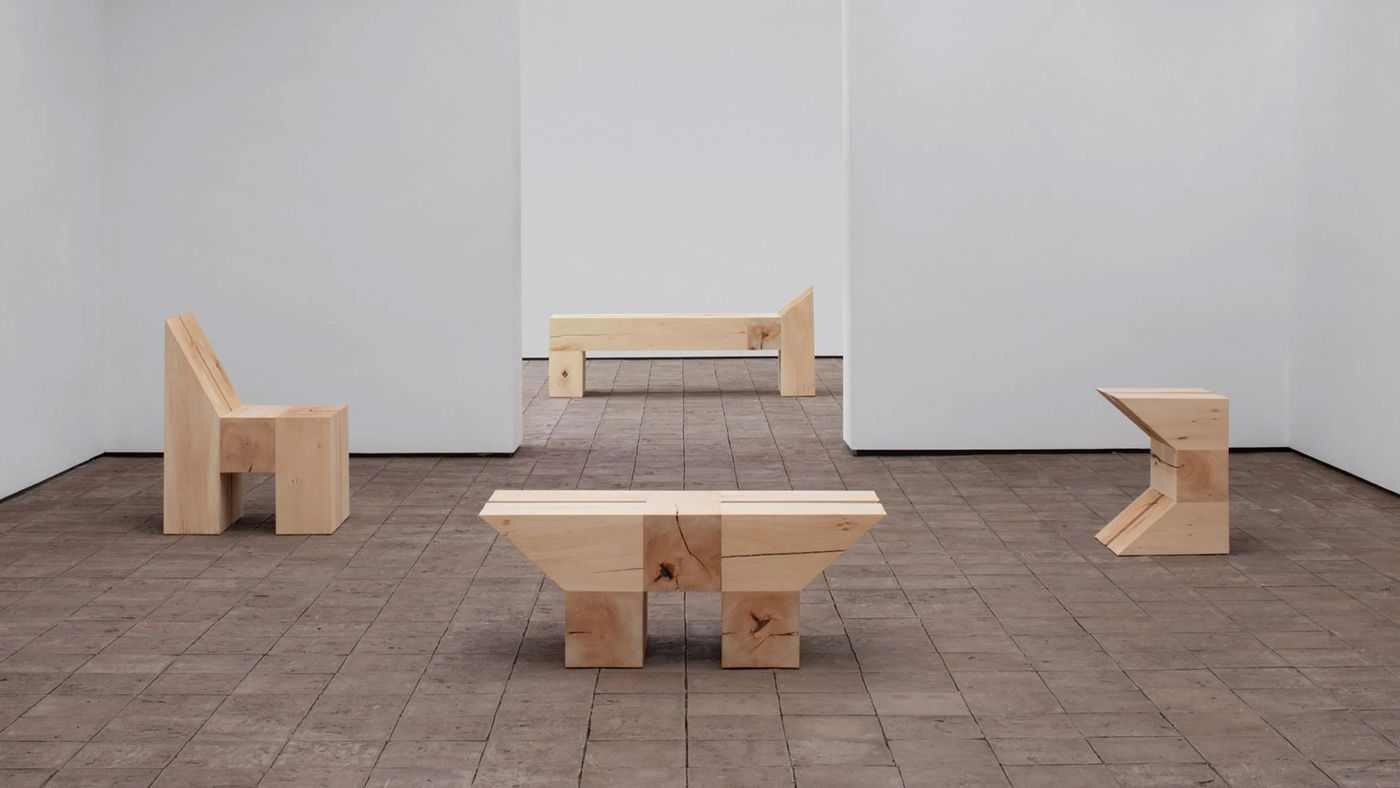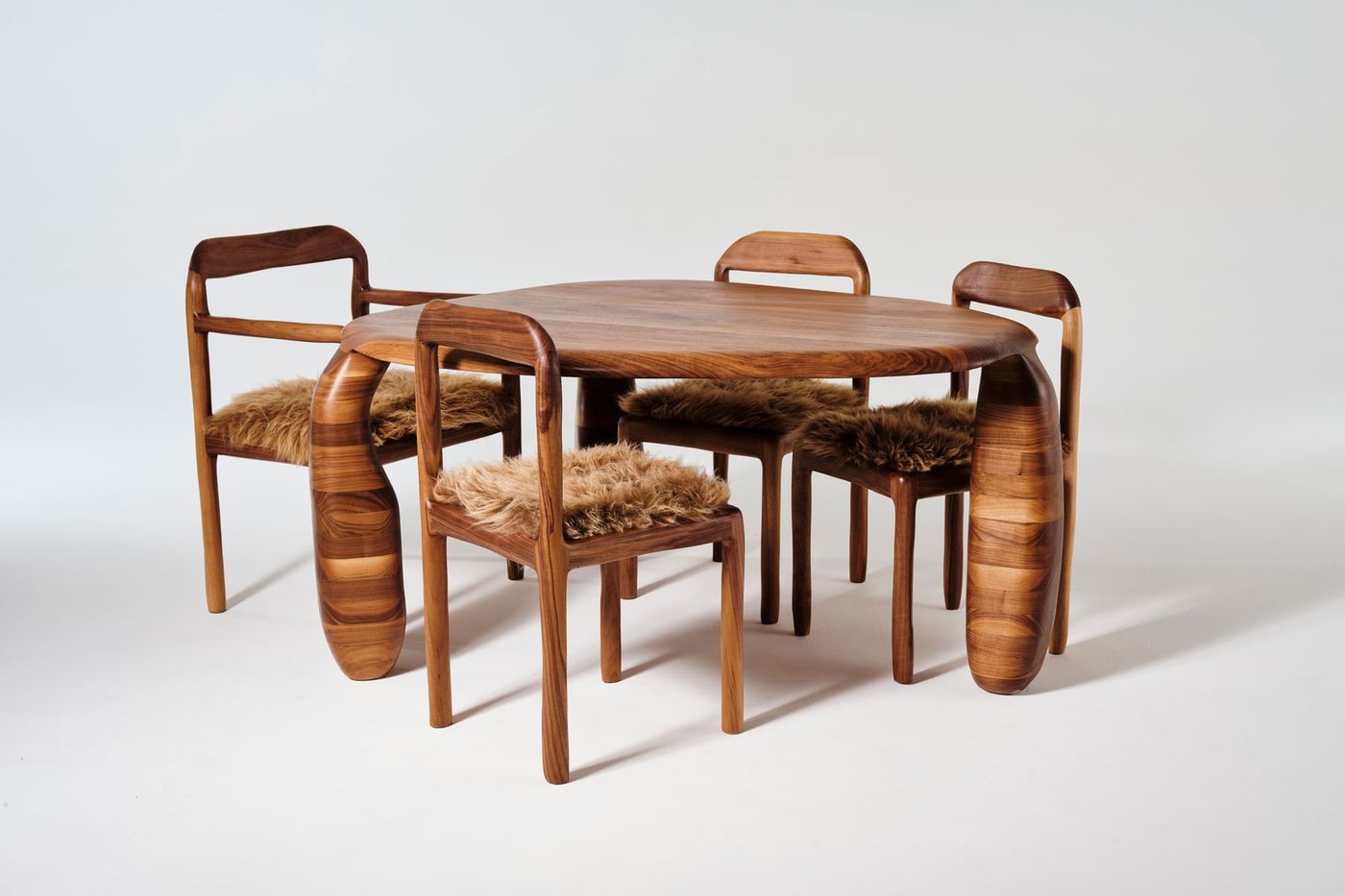Learning from Stockholm: Highlights from the City's Furniture Fair & Design Week 2025
Words by Paola Carimati
Location
Stockholm, Sweden
Learning from Stockholm: Highlights from the City's Furniture Fair & Design Week 2025
Words by Paola Carimati
Stockholm, Sweden
Stockholm, Sweden
Location
No one could have asked for more from Daniel Heckscher, the new director of the Stockholm Furniture Fair and Stockholm Design Week, both of which, as of this year, now fall under his organizational jurisdiction. Approximately 20,000 attendees turned up to what he himself calls a "last-minute" edition. Built in a mere five months which is undeniably no short feat, the aim behind it all is to implement a strategy capable of reversing the fortunes of a trade fair that very much fell behind due to the pandemic. "When I took on the role, there were about 55 confirmed exhibitors for the fair; at the opening however they were 250. In the city, there were 20 planned events around Christmas, and over 100 at the inauguration," signs of life that Heckscher rightly values.
As someone who calls Southern Europe—the cradle of Made in Italy—home, I find it only natural to ask: How was it possible for an exhibition system, and moreover the flagship of Scandinavian culture, to progressively fall into crisis in the first place? A valid question, because understanding what it takes to revive a trade fair once it has crumbled under the weight of its own missteps within its own territory can help cultivate a forward-thinking vision. It also prompts a certain amount of reflection about what remains of a community that finds itself navigating an absence—provided that the community exists and withstands individualist pressures.
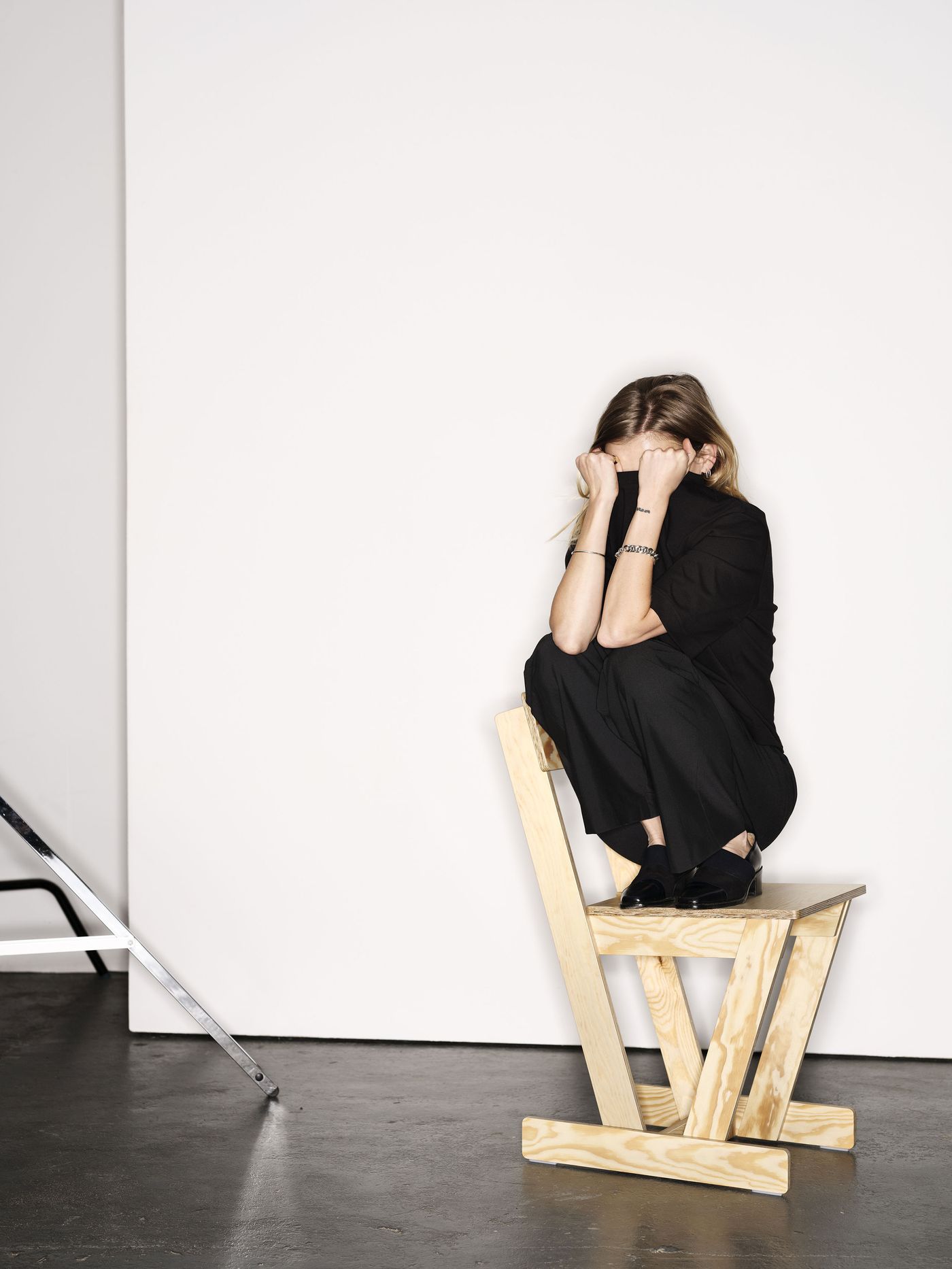
P.Y.R chair by David Ericsson for Blå Station.

P.Y.R chair by David Ericsson for Blå Station.
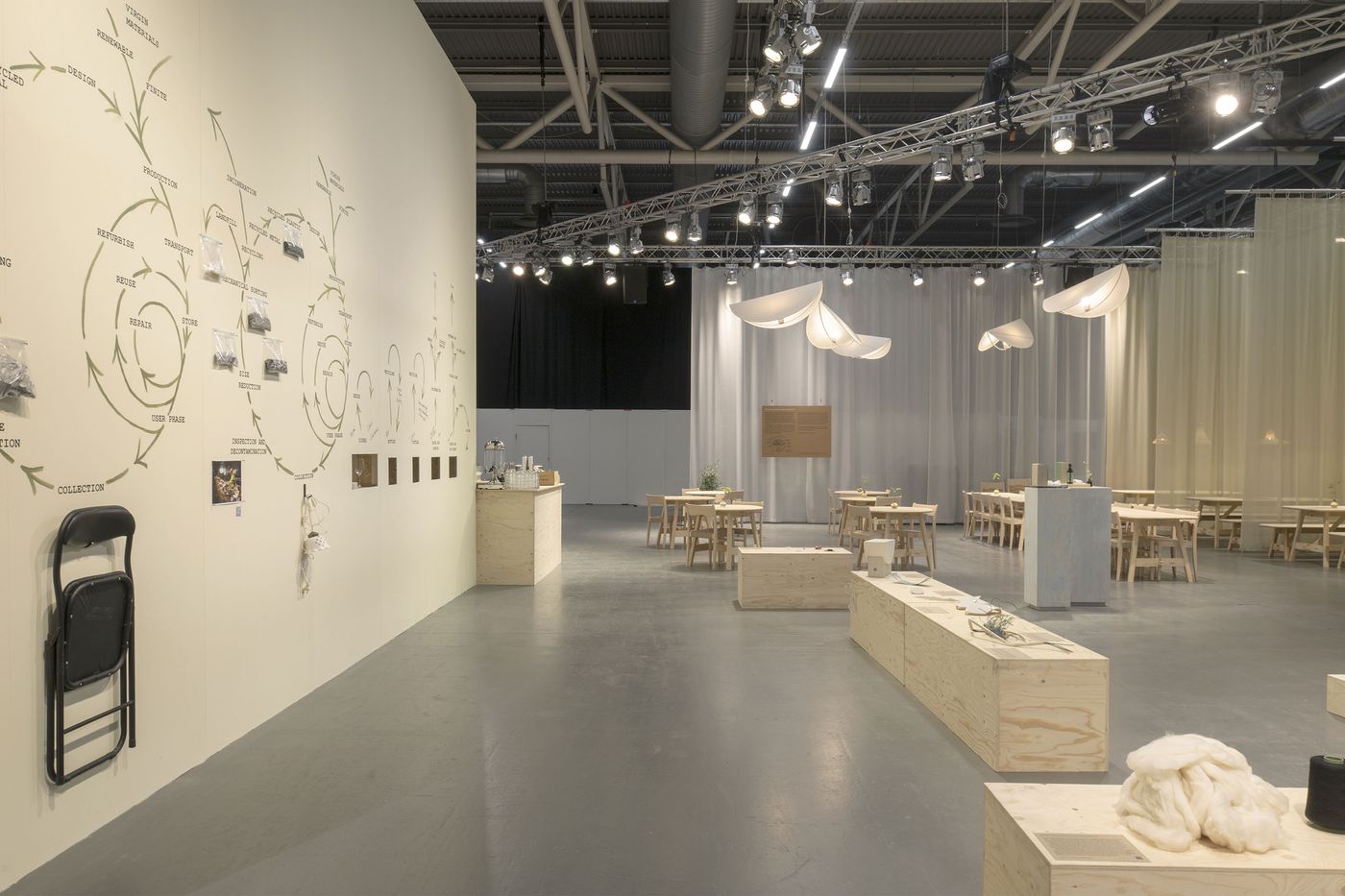
Material Dialogues information exhibition by Emma Olbers (SFF25).
Photo by Andy Liffner.
"The economic situation in Sweden is extremely difficult right now, both for exhibiting companies and for architects. Our trade fair system [owned by the city of Stockholm] was unable to adapt to the market demands that emerged with COVID," Heckscher explains. "The management of commercial platforms should not be outsourced to local administrations; it’s not a good mix”. This is why the acquisition agreement for the entire platform—rumoured to have been signed by a European partner—is seen as a great opportunity for revitalization.
As a former architect at Note Design Studio, Heckscher knows how this world operates. He has solid experience in exhibition design. "The first big fair stand I designed in Milan at the Salone was for Magis—and they won that year," he proudly recalls, citing his Italian reference. “In continuity with the work carried out at the fair by Hanna-Nova Beatrice (the previous Director of Stockholm Furniture Fair and Stockholm Design Week), we maintained an open dialogue with collectable design, craftsmanship, and design culture, directing the cultural offering towards everything that can nourish the furniture industry."
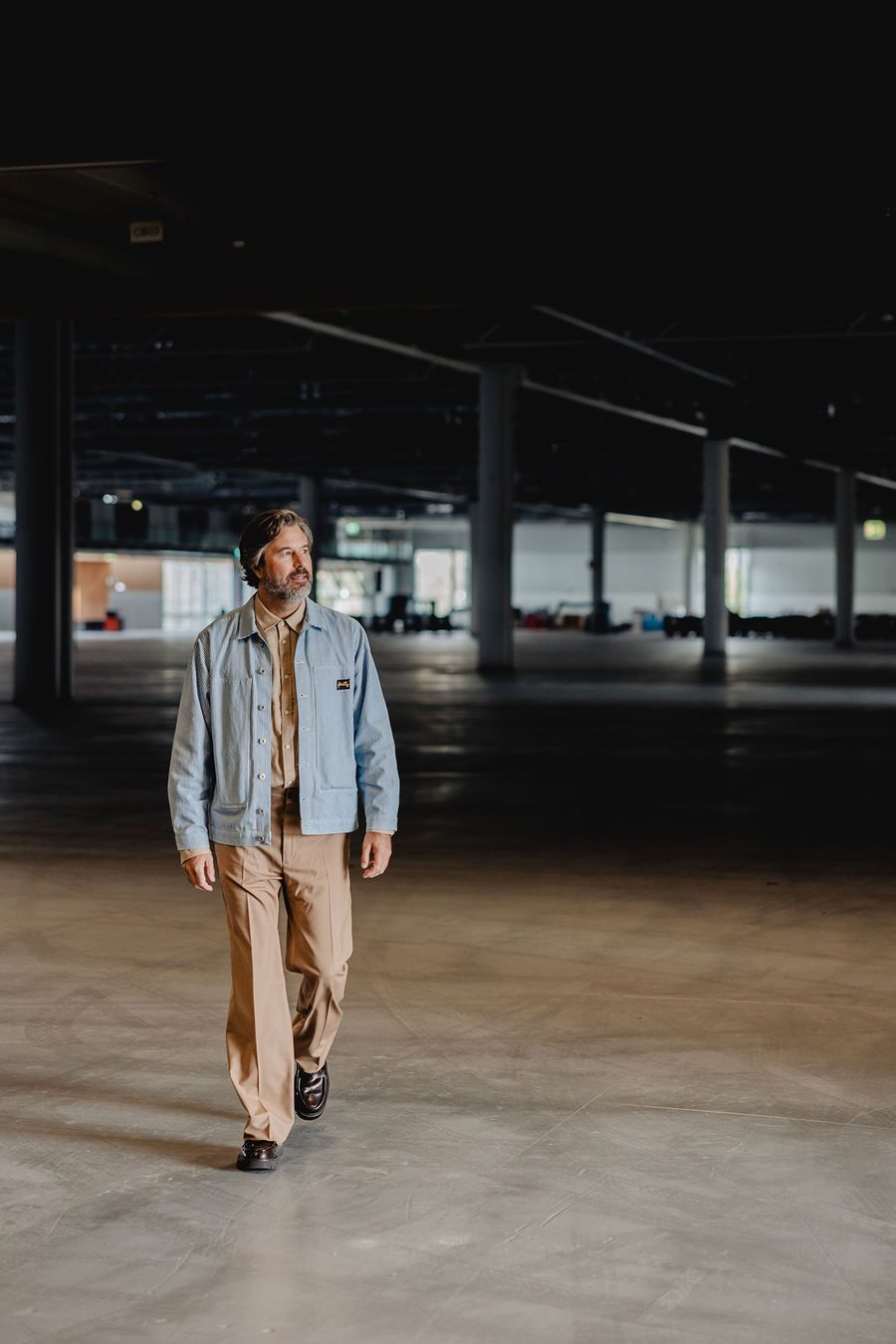
Daniel Heckscher, Director for Stockholm Furniture Fair and Stockholm Design Week.
Photo by Angelica Liljenroth.
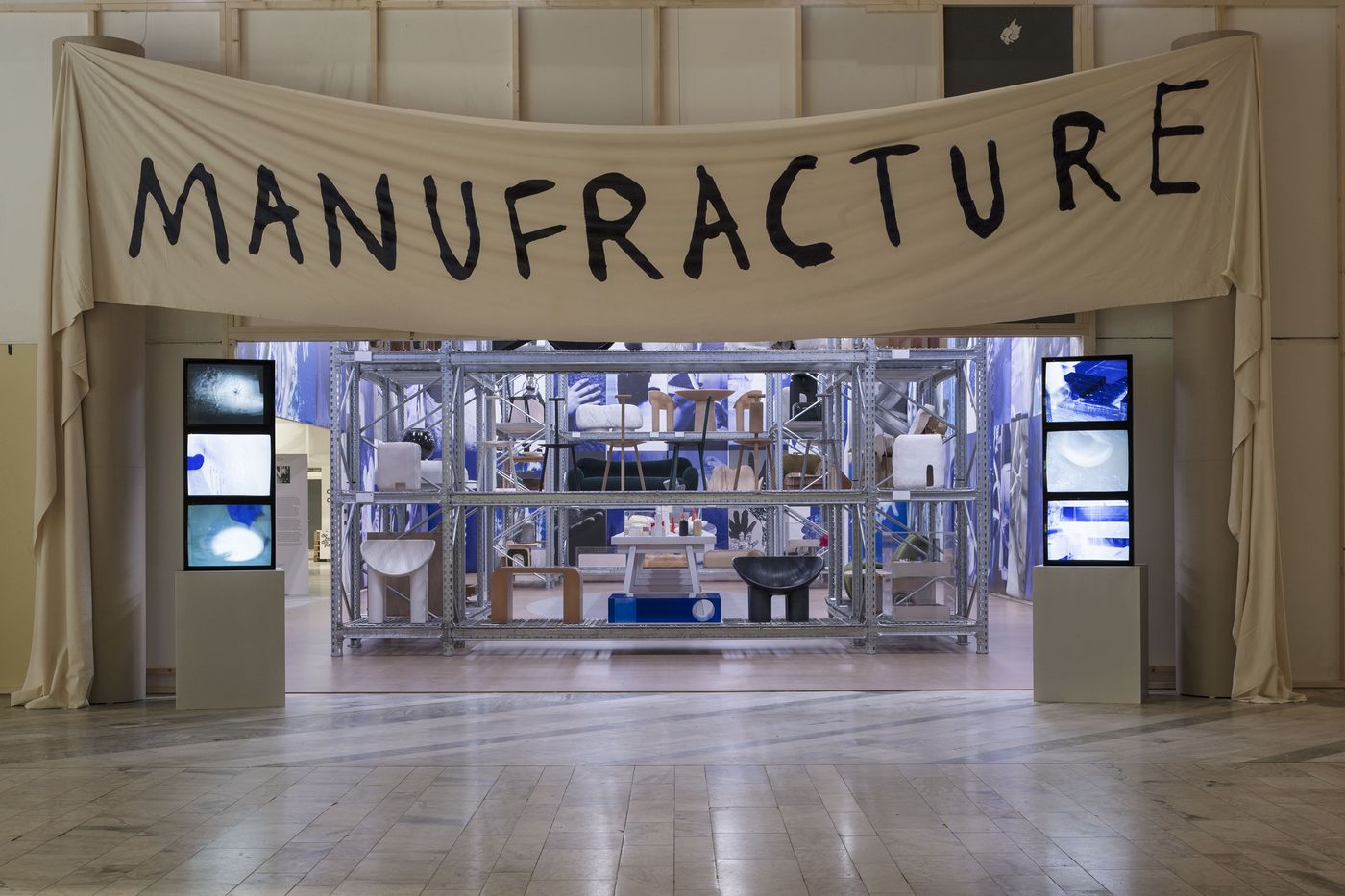
Faye Toogood served as the 20th Guest of Honour at Stockholm Furniture Fair, where her installation MANUFRACTURE featured her private archive of maquettes, offering insight into her design process and fostering a dialogue on craftsmanship.
Photo © Andy Liffner.
Many of the most interesting showcases this year reflected Sweden’s already widespread eco-consciousness. Material Dialogue, the crossover project by designer Emma Olbers and chef Paul Svensson, demonstrated how eliminating fossil fuels, adopting a circular business model, and building a healthy food system are the key principles of ecological transition. MANUFRACTURE, a manifesto-exhibition by Faye Toogood (Stockholm Furniture Fair's Guest of Honour) that only included prototypes from her personal archives, championed reuse as an opportunity to mend the "fracture" of the arts within the traditional production system, all the while restoring human ingenuity as an important component of to its central role.
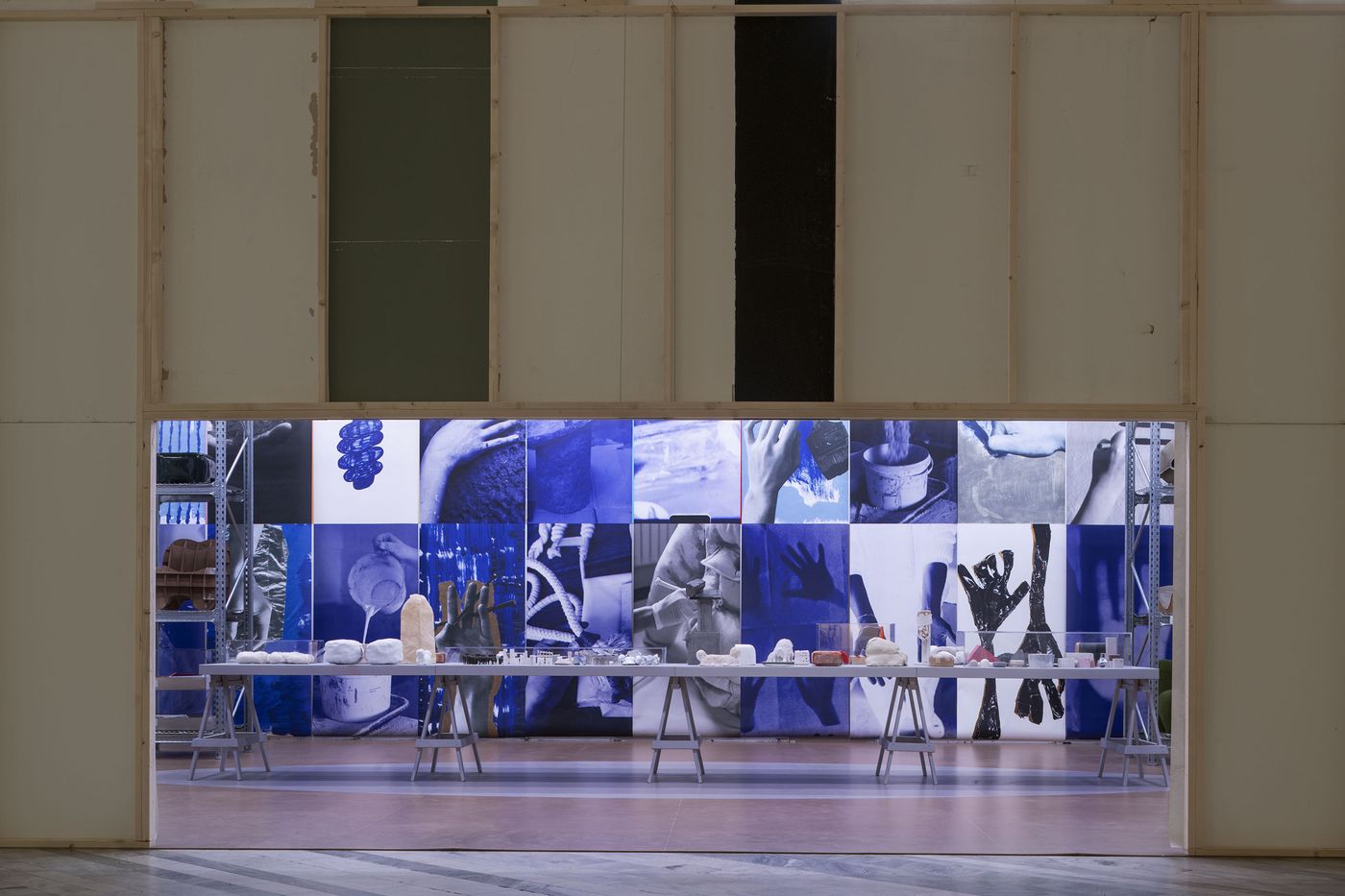
Faye Toogood served as the 20th Guest of Honour at Stockholm Furniture Fair, where her installation MANUFRACTURE featured her private archive of maquettes, offering insight into her design process and fostering a dialogue on craftsmanship.
Photo © Andy Liffner.
Curated by Hanna-Nova Beatrice, Älvsjö Gård (a platform dedicated to experimental and limited-edition design) notably chose upcycling as its theme this year. Standout pieces included Jenny Nordberg's The Executive—a collection of lamps, tables, and sofas made from aluminium profile scraps by Soeco, an office furniture brand—as well as Simon Skinner's Buké lamps, each one a three-dimensional patchwork of repurposed early 20th-century glass objects.

Bamboo Floor Lamp by Mingyu Xu.
Photo © Polly.
Greenhouse Exhibitor (SFF2025).
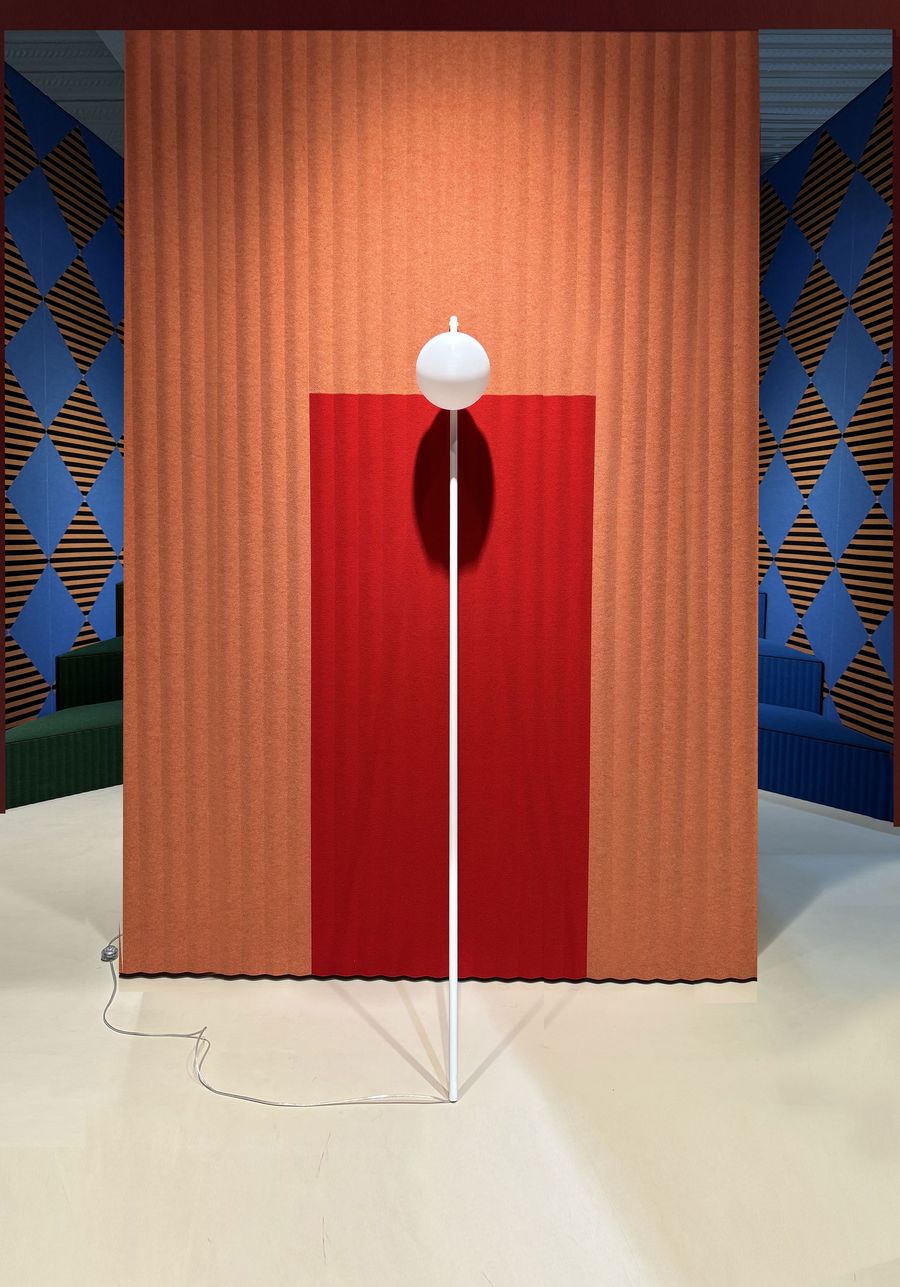
Equilibrium collection of lighting designs objects by Studio Gonzalo Bascuñan.
Photo © Gonzalo Bascuñan .
Greenhouse Exhibitor (SFF2025).

Equilibrium collection of lighting designs objects by Studio Gonzalo Bascuñan.
Photo © Gonzalo Bascuñan .
Greenhouse Exhibitor (SFF2025).
This year, Greenhouse, the Fair's platform for up-and-coming designers, showcased a dedication to ancient crafts albeit reinterpreted in a contemporary way. One of the most radical research efforts, in an extreme setup that still feels raw eve now was the Arkansas School’s focus on light in the shape of 3D-printed glass lamps (providing a deep dive into reducing energy consumption), the small Side Lamps with metal shades by design duo Massimo Scheidegger & Bruno Pauli Caldas (a diploma project from ECAL in Lausanne), and Sumo and Spin Lamps by Tok Studio.
Special mention goes to Polymorf and Studio Pank’s collaborative project, Pavilion, a flexible building system made from wood and ceramics that requires no adhesives, is easily dismantled, and allows for reconfiguration. Other notable exhibits included were the luminous interludes by Milan-based Chilean designer Gonzalo Bascuñán seen at Alcova’s presentation, and the Parallel Garden collection by London-based designer Mingyu Xu, which was launched last year as part of Dolce & Gabbana’s Gen D exhibition.
This selection expanded outward, embracing the global spectrum of multidisciplinary innovation while delving deeply into the core of industrial production. From local to global, Heckscher’s vision offered both companies and visitors a comprehensive, immersive experience that bridges diverse fields and scales.
"The Stockholm Furniture Fair has changed; it is smaller and struggling, but not finished," says Mårten Claesson, founder of Claesson Koivisto Rune Architects. "Fewer international brands overall. More of a national/regional fair. But perhaps, on the contrary, a more culturally interesting event?" A fair question, but "people come to the fair to do business, not like in Copenhagen where "three days of design” exclusively benefiting Danish companies are exhibited but at prohibitive prices,“ Heckscher points out, without criticism. "In Stockholm, as in Milan and Paris, high calibre Swedish companies such as Kinnarps and Lammhults have cancelled their exhibition stands. Some will return next year; others have set up showrooms in their cities. Here, as in the rest of the world, collective platforms are essential," he warns. "If the Swedish furniture industry is not strongly represented at the fairs, how can we convince foreign exhibitors to invest in us?"
Heckscher's logic is as simple as it is overwhelming. The stakes are high, and the Swedish design community is rallying around the project. "For us, the Stockholm Furniture Fair has always been important," explain design duo Färg & Blanche, who participated this year with The Thread modular sofa (designed for Johanson Design) and the new Sketch lamp (designed for NOON), as well as at Stockholm Design Week with the Burn Lace exhibition. "We started exhibiting at Greenhouse 16 years ago—in fact, that’s where we met! It gave us the opportunity to present our work to the world and make valuable connections for the future. The fair may be smaller, but it continues to fulfil its purpose: to inspire and connect people. The beauty of the Stockholm Furniture Fair is its mix of small and large brands, emerging designers who wouldn’t otherwise be able to exhibit, schools, material exhibitions, collectible design showcases, conferences, and so much more, all in one place."
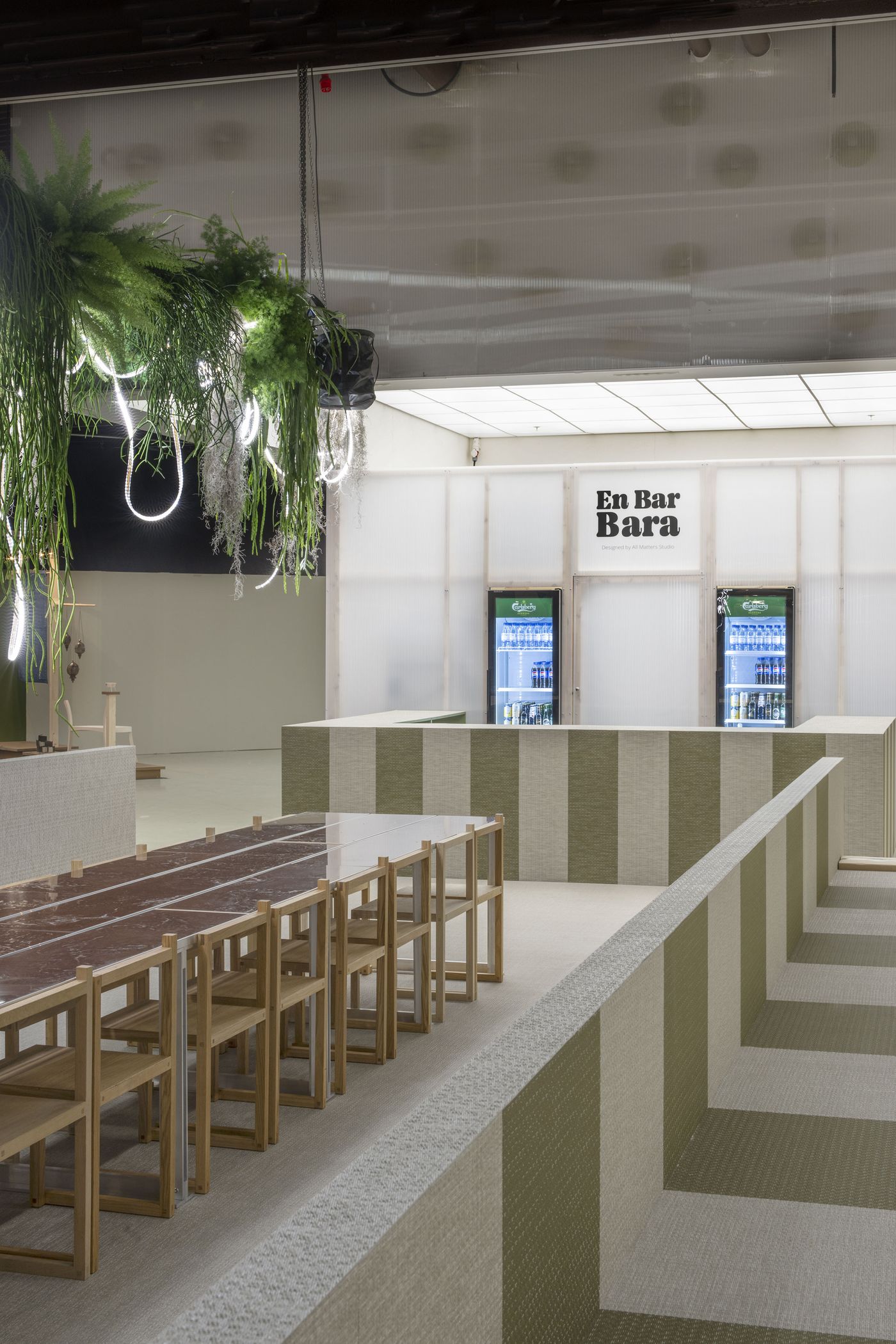
The 2025 Greenhouse bar, En Bar Bara (Just a Bar in Swedish), at Stockholm Furniture Fair 2025 was designed by All Matters Studio. Bolon sponsored all surface materials, with All Matters mixing the new Ash flooring from the Elements collection with Artisan Wild to create a striped bistro vibe.
Photo by Andy Liffner.

The Executive series saw Jenny Nordberg collaborate with Soeco to explore furniture reuse, transforming second-hand pieces into new designs.
Photo by Robert Våhlström.
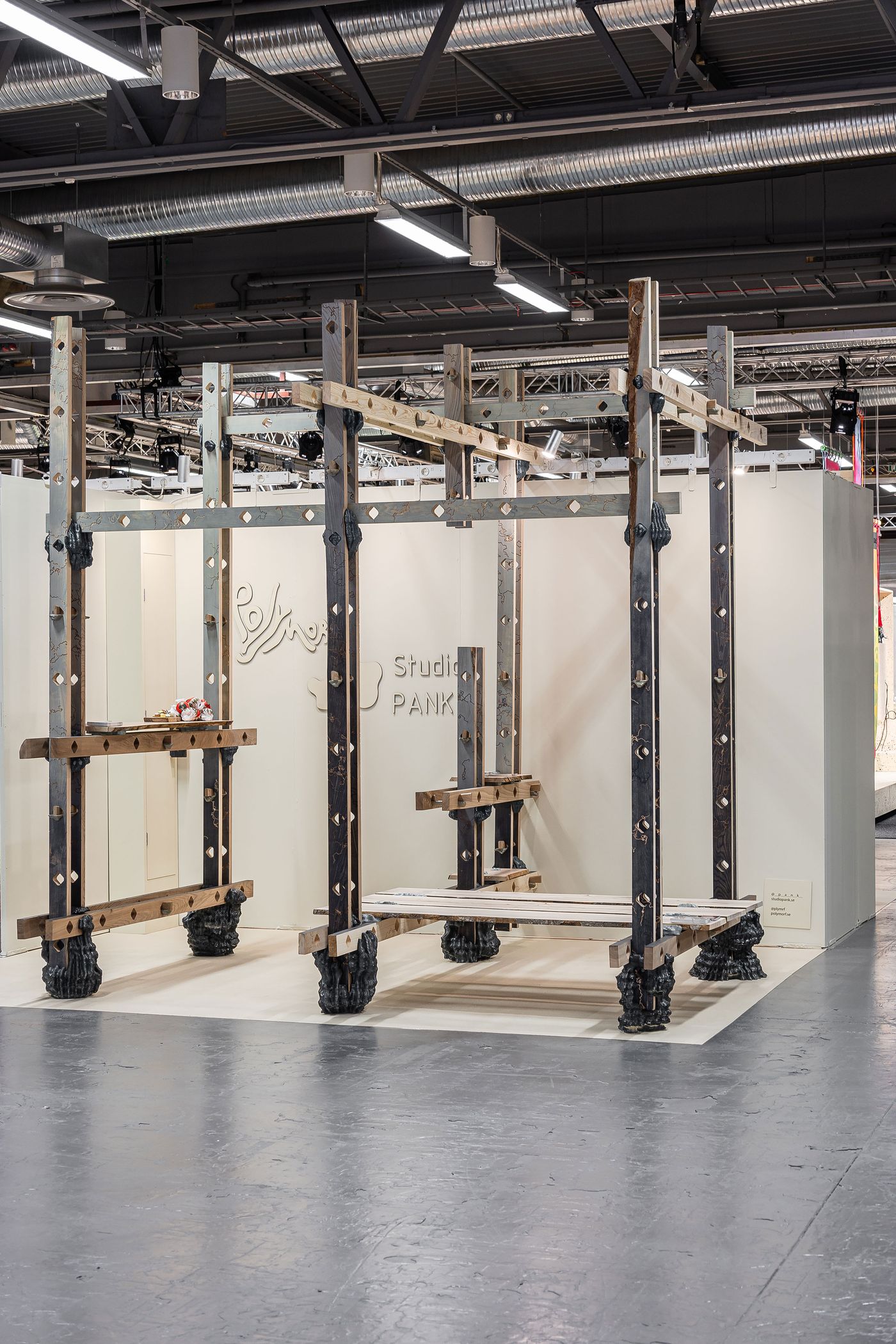
Polymorf x Studio PANK at the Furniture Fair – a pavilion where 3D-printed ceramics meet wood, blending craftsmanship with digital manufacturing to create a flexible building system for furniture, interiors, and architecture.
Photo by Johanna Jonsson.

Polymorf x Studio PANK at the Furniture Fair – a pavilion where 3D-printed ceramics meet wood, blending craftsmanship with digital manufacturing to create a flexible building system for furniture, interiors, and architecture.
Photo by Johanna Jonsson.
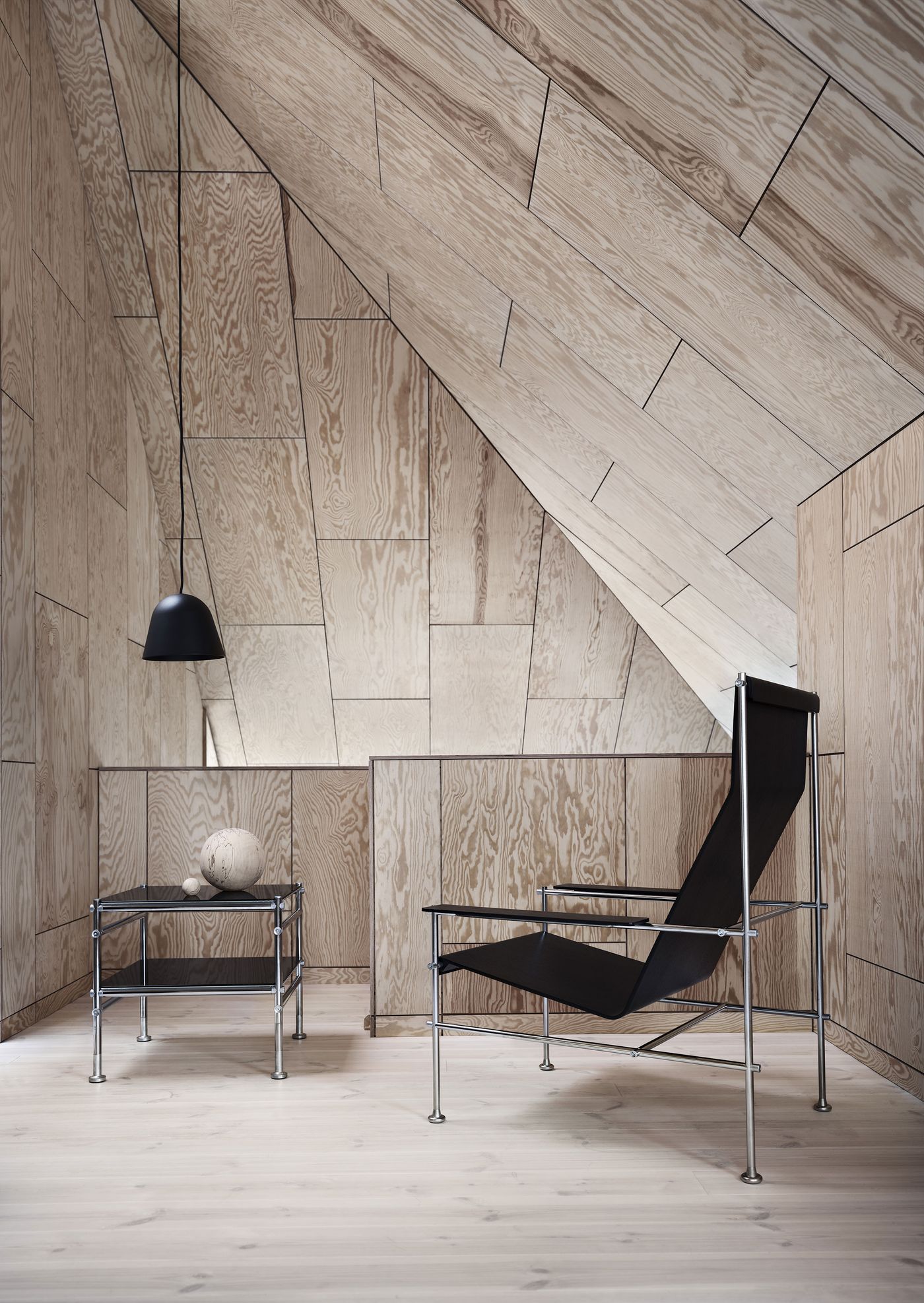
Villhem armchair by Borselius & Bernstrand and Able Table by Johan Lindau, Stefan Borselius and Thomas Bernstrand for Blå Station.

Spin lamps by Tok Studio (by Sonia Bąk-Tokarska and Michał Tokarski).
Photo © Tok Studio .
Greenhouse Exhibitor (SFF2025).
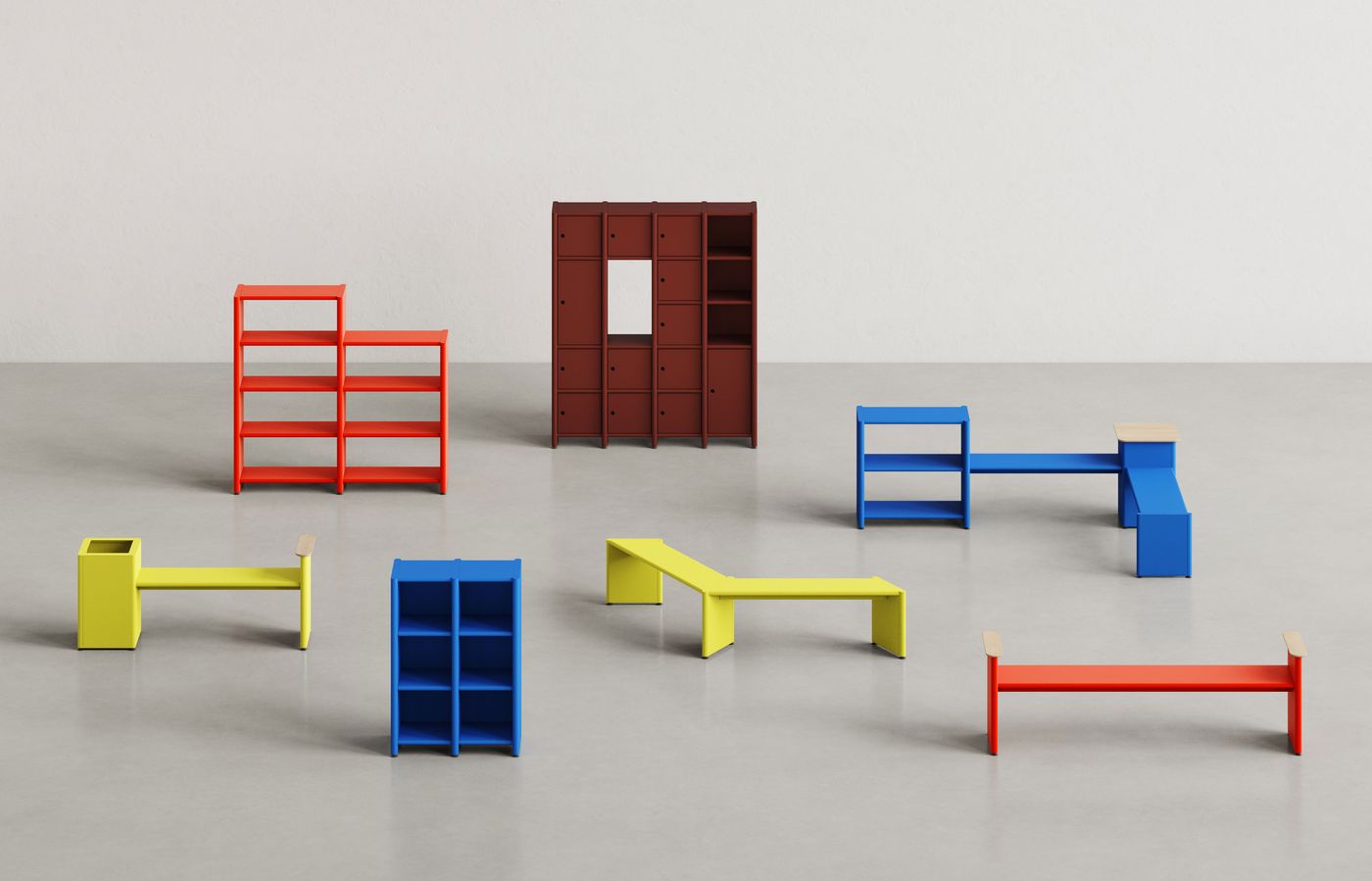
Form Us With Love (FUWL) partnered with Dalform to launch Soft Edge, a versatile furniture collection that expanded Dalform’s expertise beyond lockers, reaching schools, hospitals, gyms, offices, and hospitality spaces.
CGI © Dalform.
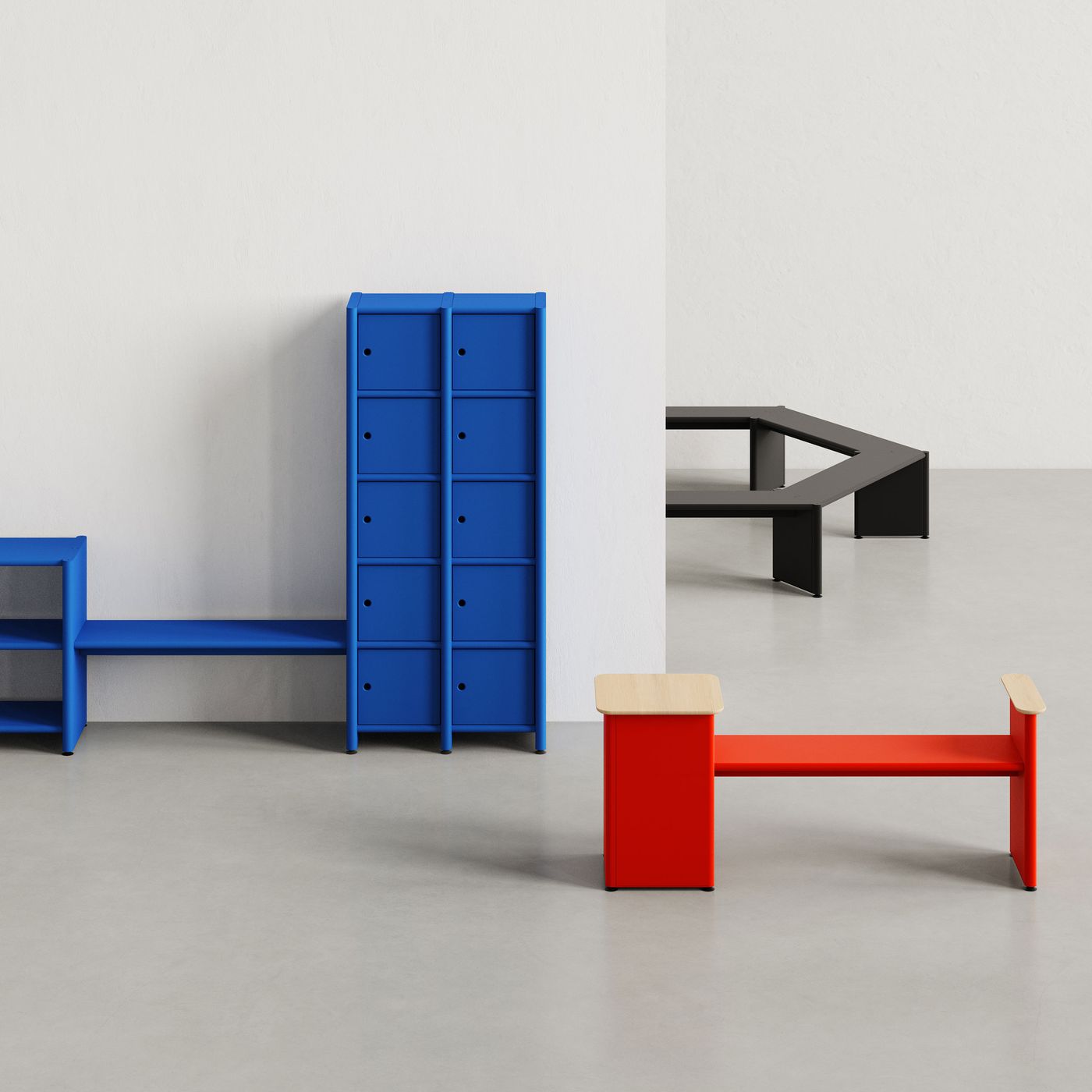
Form Us With Love (FUWL) partnered with Dalform to launch Soft Edge, a versatile furniture collection that expanded Dalform’s expertise beyond lockers, reaching schools, hospitals, gyms, offices, and hospitality spaces.
CGI © Dalform.
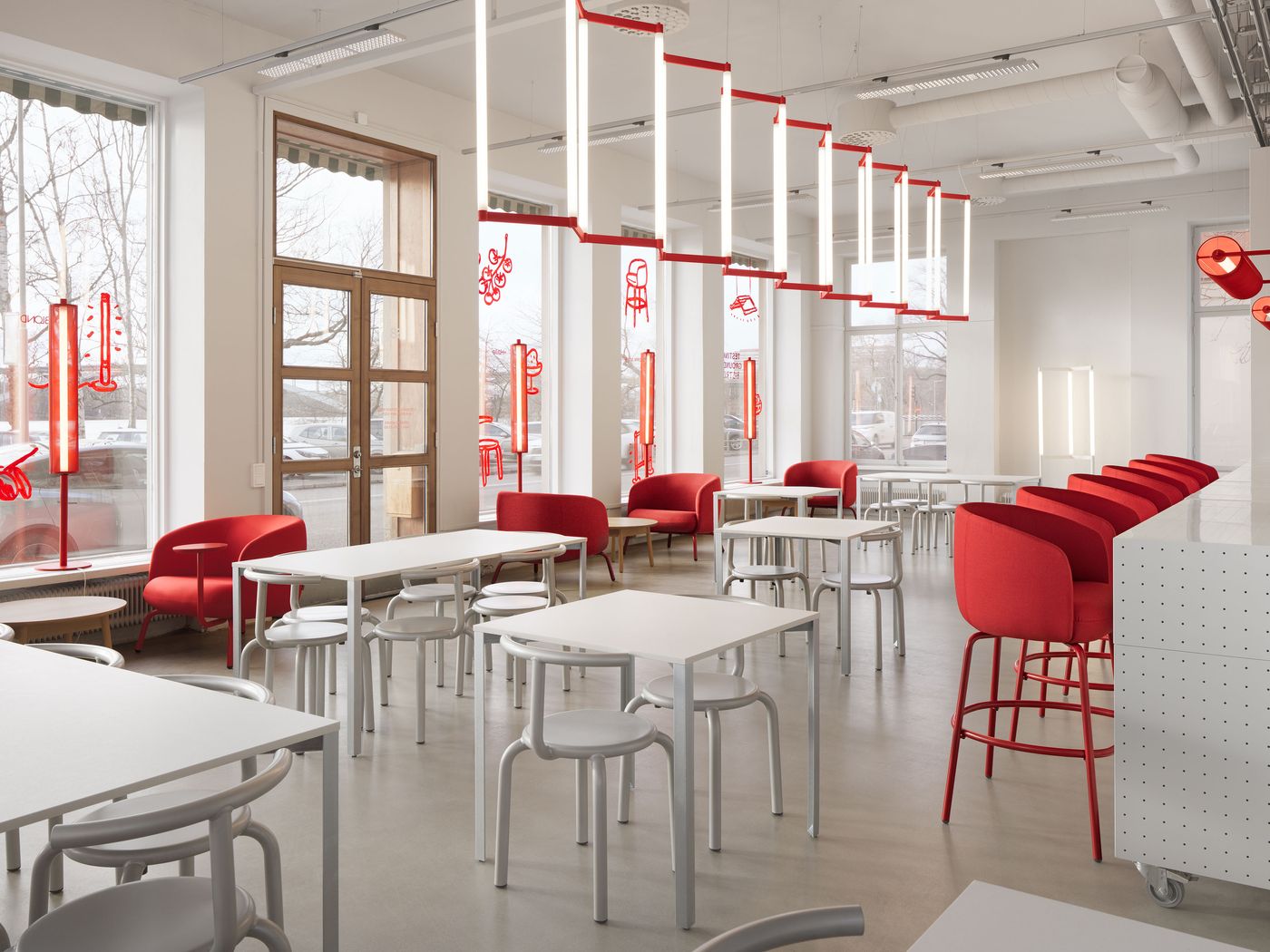
"Testing Grounds Bistro" pop-up by Form Us With Love showcased a curated selection of their designs, including furniture by +HALLE, the Catena modular lighting system by BLOND, and the Center Center perforated metal storage system by String Furniture, which elegantly defined the bar area.
Photo © FUWL.
The impression, wandering through the aisles, was that the entire Swedish furniture industry has lost some of its polish—except for certain standout pieces: the HidaHida armchair by Kengo Kuma for Garsnas, the Soft Edge furniture system by Form Us With Love for Dalform, the Circulus sofa by Mario Ferrarini for Offecct, the PYR chair by David Ericsson for Blå Station, and the lights from startup Attilli—undoubtedly remarkable, highly industrial products. "Only a few new innovations and few interesting collaborations," Heckscher admits. "Even I can’t help but be critical. The Swedish design system has the resources, but I think we are playing it safe—we need to level up."

Bukowskis and David Taylor presented SPECIAL EFFECTS – an exhibition and online auction during
Stockholm Design Week 2025.
Photo © Bukowskis.
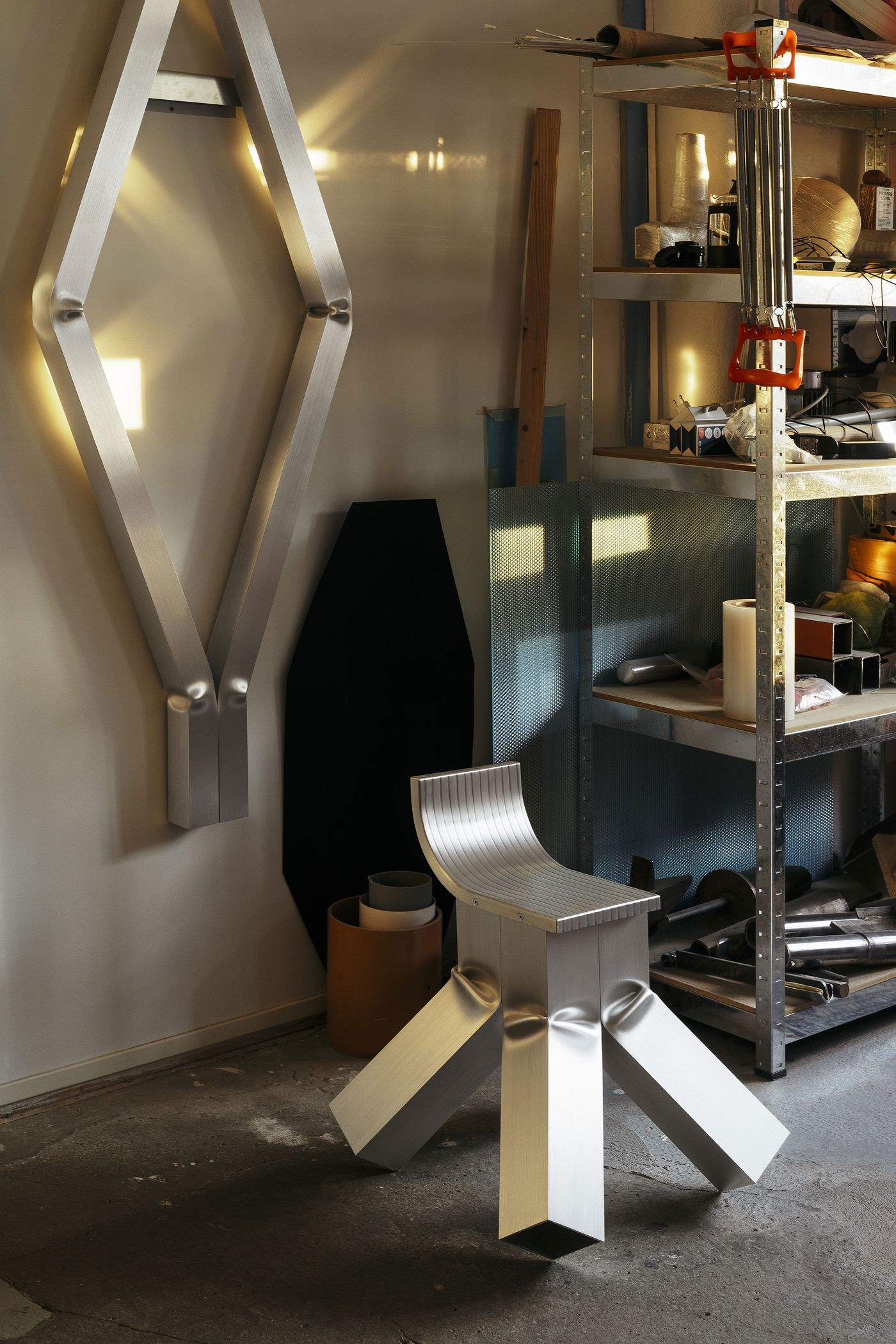
The making of SPECIAL EFFECTS by David Taylor. Photo © Bukowskis.
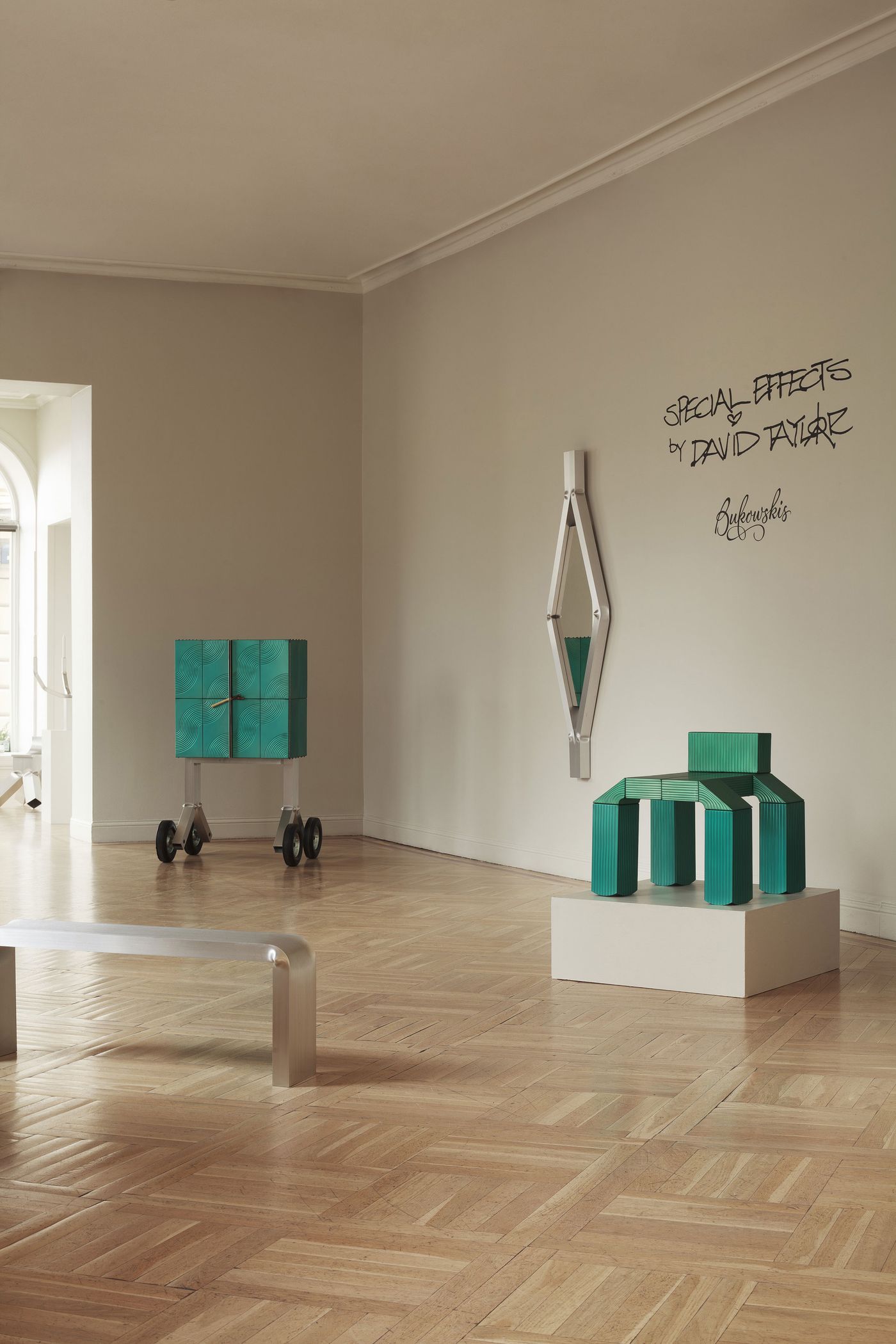
Bukowskis and David Taylor presented SPECIAL EFFECTS – an exhibition and online auction during
Stockholm Design Week 2025.
Photo © Bukowskis.
The city, however, showed a little more vibrancy, revealing some intriguing surprises: the Aiiro exhibition and the Geometry glass collection—two highly sophisticated explorations of Swedish identity by architects Claesson Koivisto Rune, the former curated in collaboration with Jackson Design and the latter designed for Orrefors—the Special Effect collection by Sweden-based Scottish designer David Taylor presented by auction house Bukowskis, which explored the creative possibilities of aluminium. the Gio lamps by Luca Nichetto for &Tradition, and pieces by Axel Wannberg, Sami Kallio and design studio Front at NO GA's showroom, curated by Hanna-Nova Beatrice were also notable.
"I’m glad our commitment and quality have been recognized, but I want to go further”, Heckscher explains. “Together with my team of eleven collaborators (the largest ever), we will continue pushing forwards, we will write a manifesto. And if anyone asks me what I actually plan to do, I will answer: the best furniture fair in the world." No doubt an ambitious proclamation, which makes one more reason we are looking forward to returning to Stockholm next year—after all, we love challenges, design, and the Swedish community.
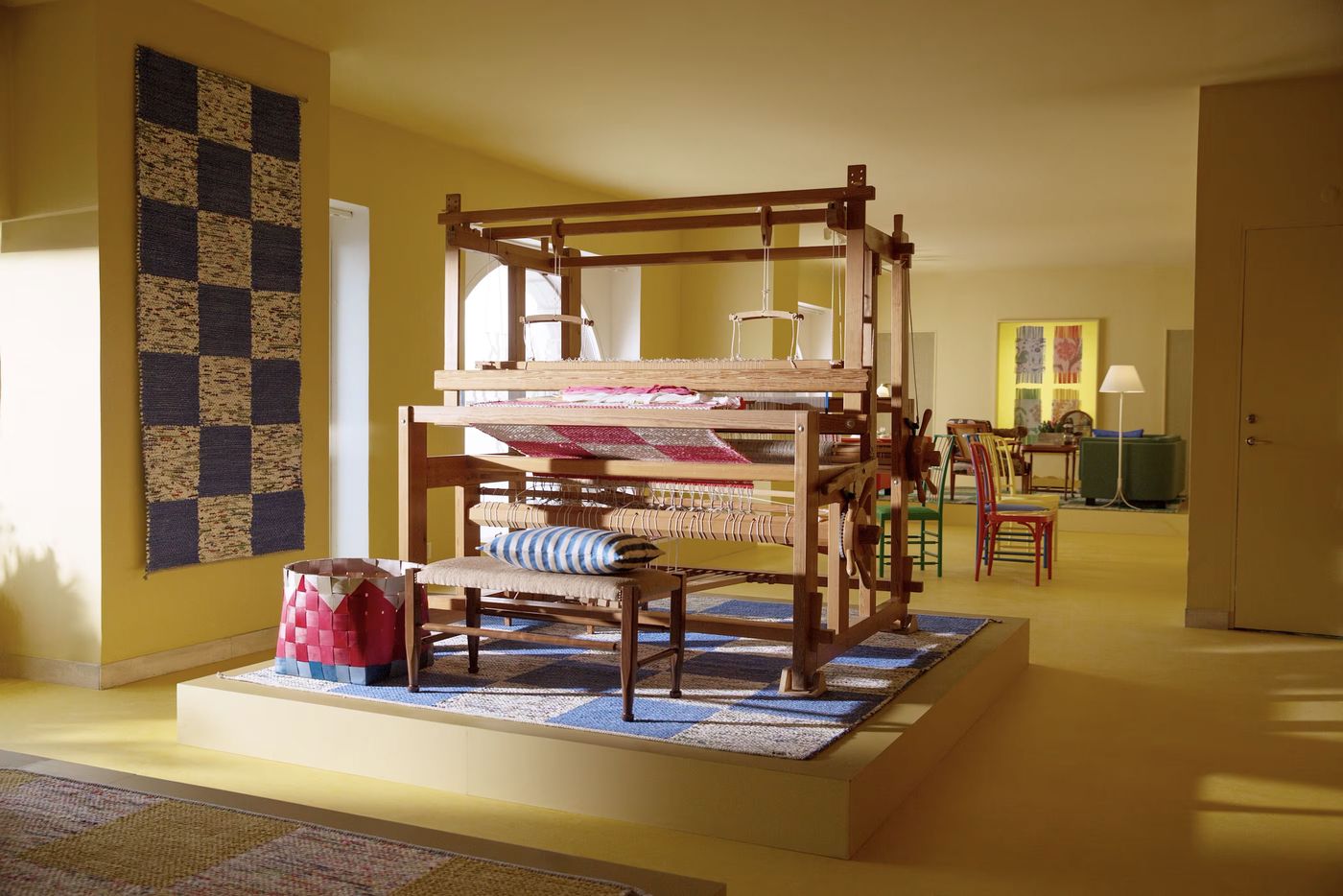
Frank in the Loom – a limited-edition rag rug by Svenskt Tenn, woven from repurposed Josef Frank textiles. Crafted with sustainability and tradition in mind, it embodies timeless design meant to last for generations.
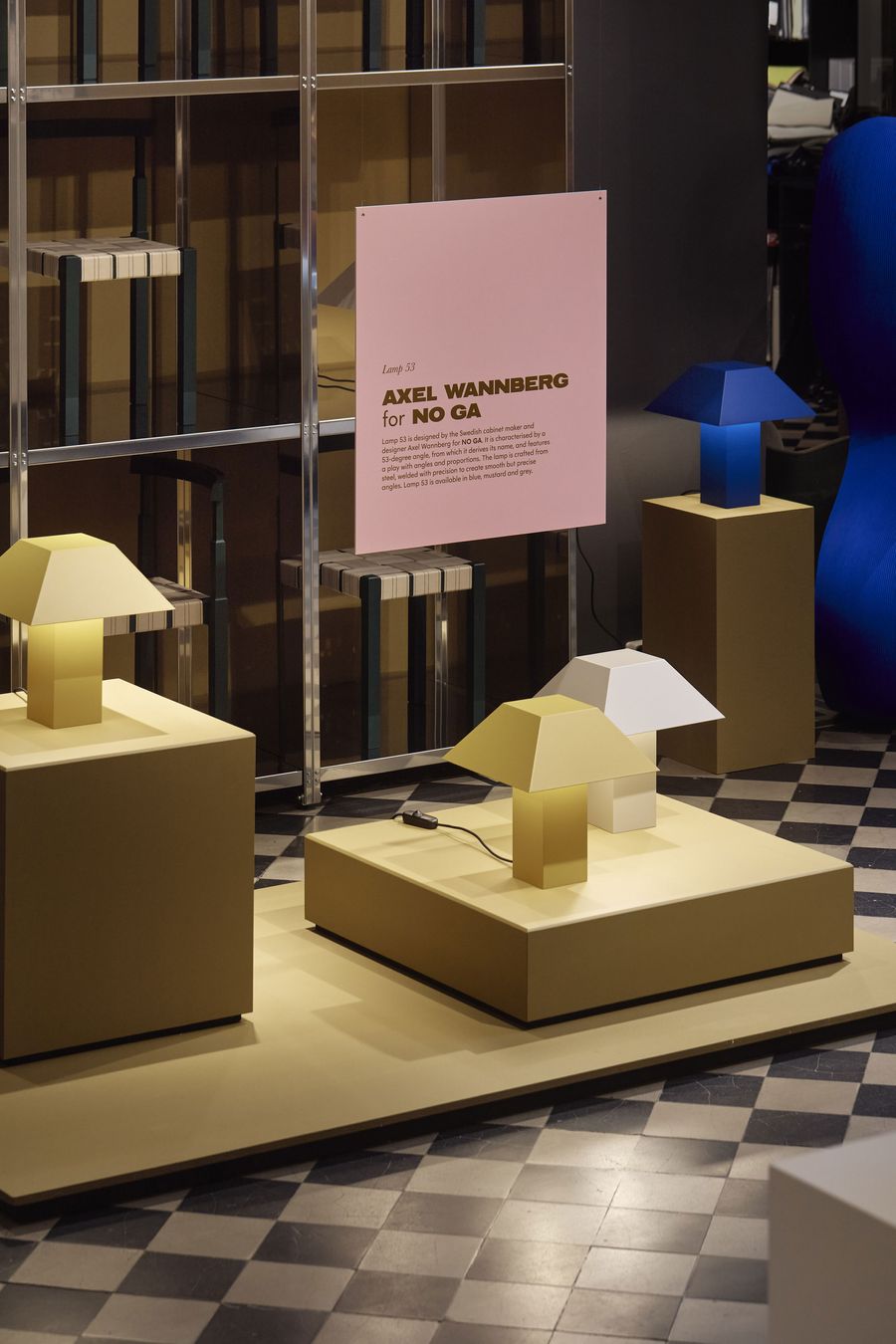
The NO GA version of Lamp 53 by Axel Wannberg. Photo © NO GA.
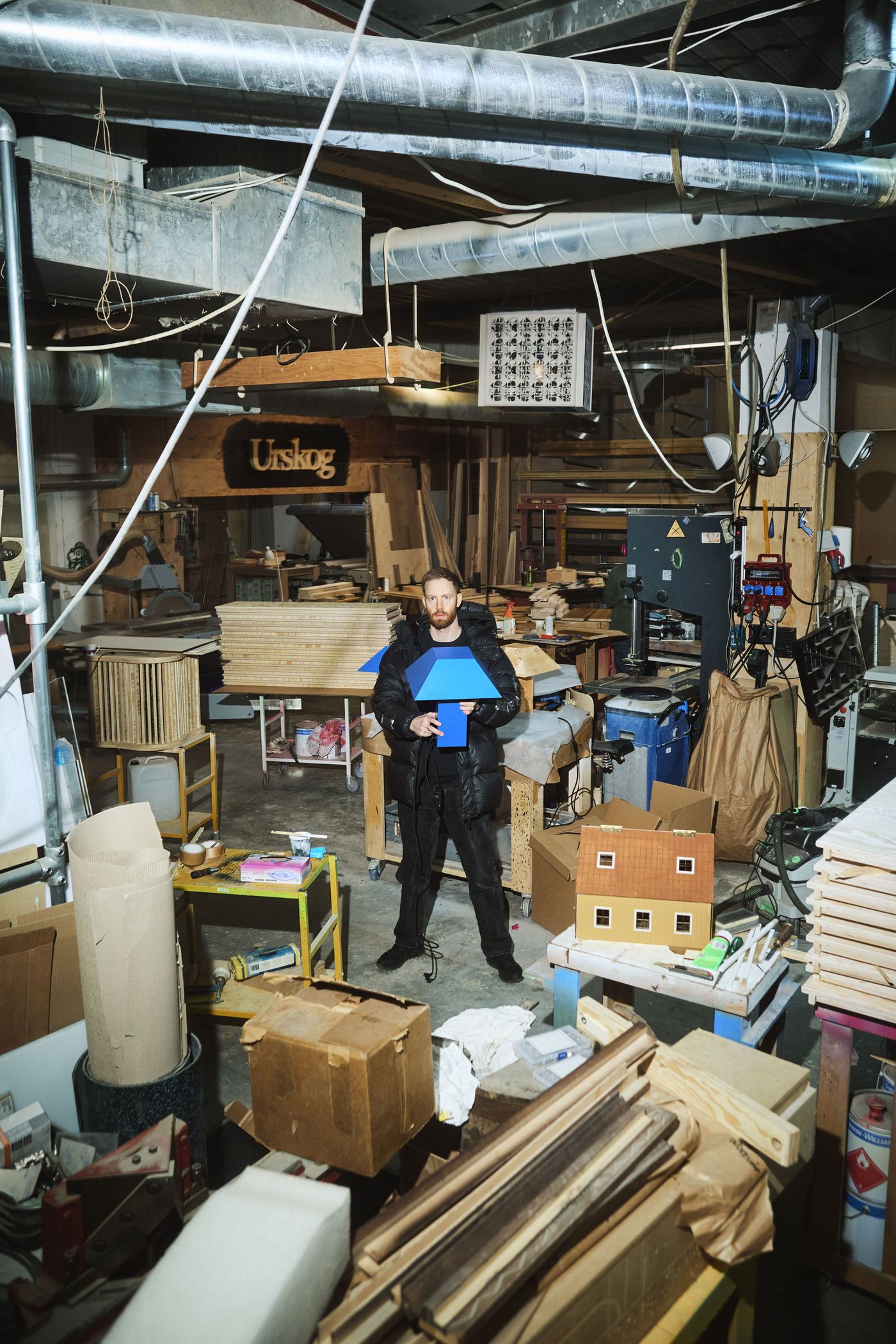
Axel Wannberg and the NO GA version of his Lamp 53. Photo © NO GA.
Newly appointed director Daniel Heckscher's program for the Stockholm Furniture Fair is a call to action aimed at companies, designers, and the city itself. The goal? To build a new exhibition model and revive the design system beyond the crisis.
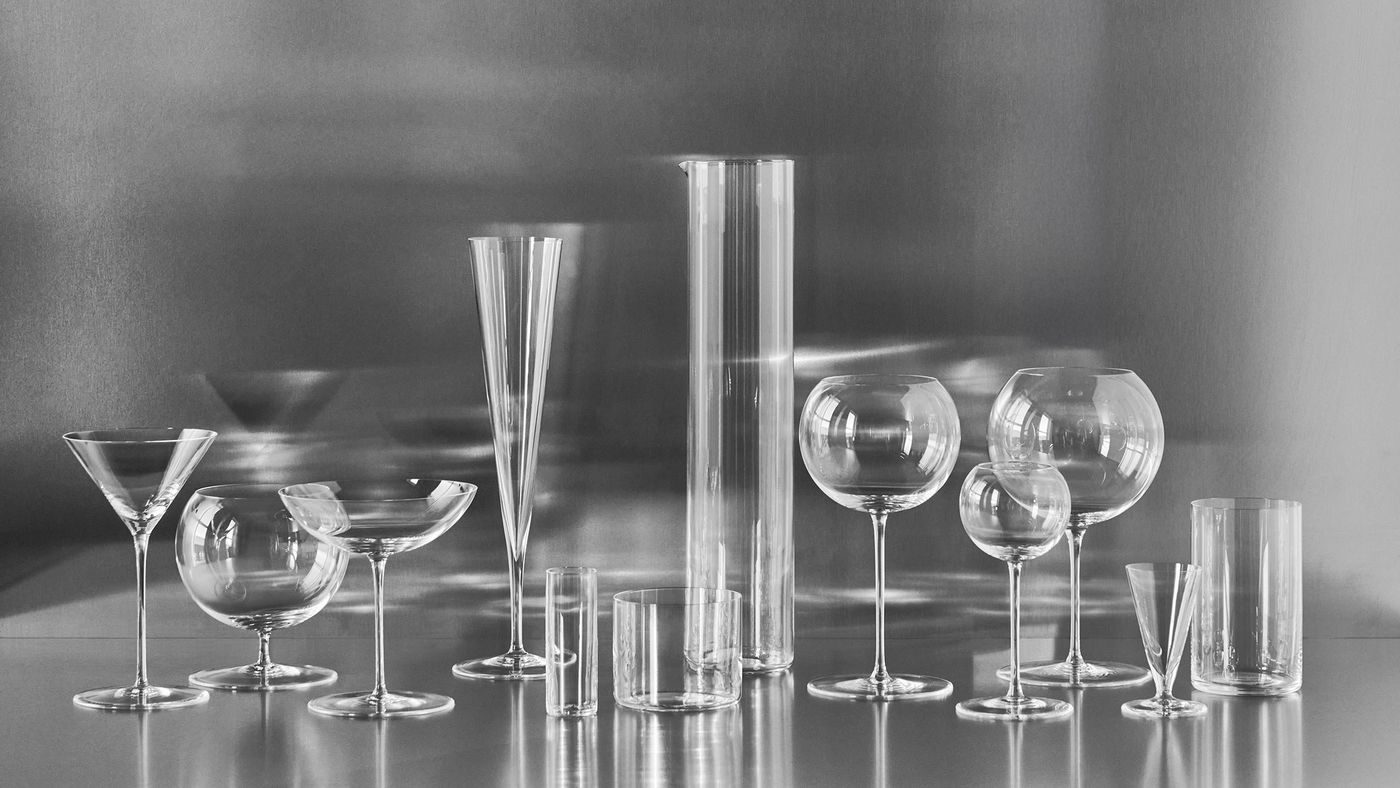
Geometry is the latest tableware series designed by Claesson Koivisto Rune for Orrefors, showcasing a refined balance of form and function.
Photo © Orrefors.

Midsummer vase series by Claesson Koivisto Rune for Orrefors.
Photo © Orrefors.
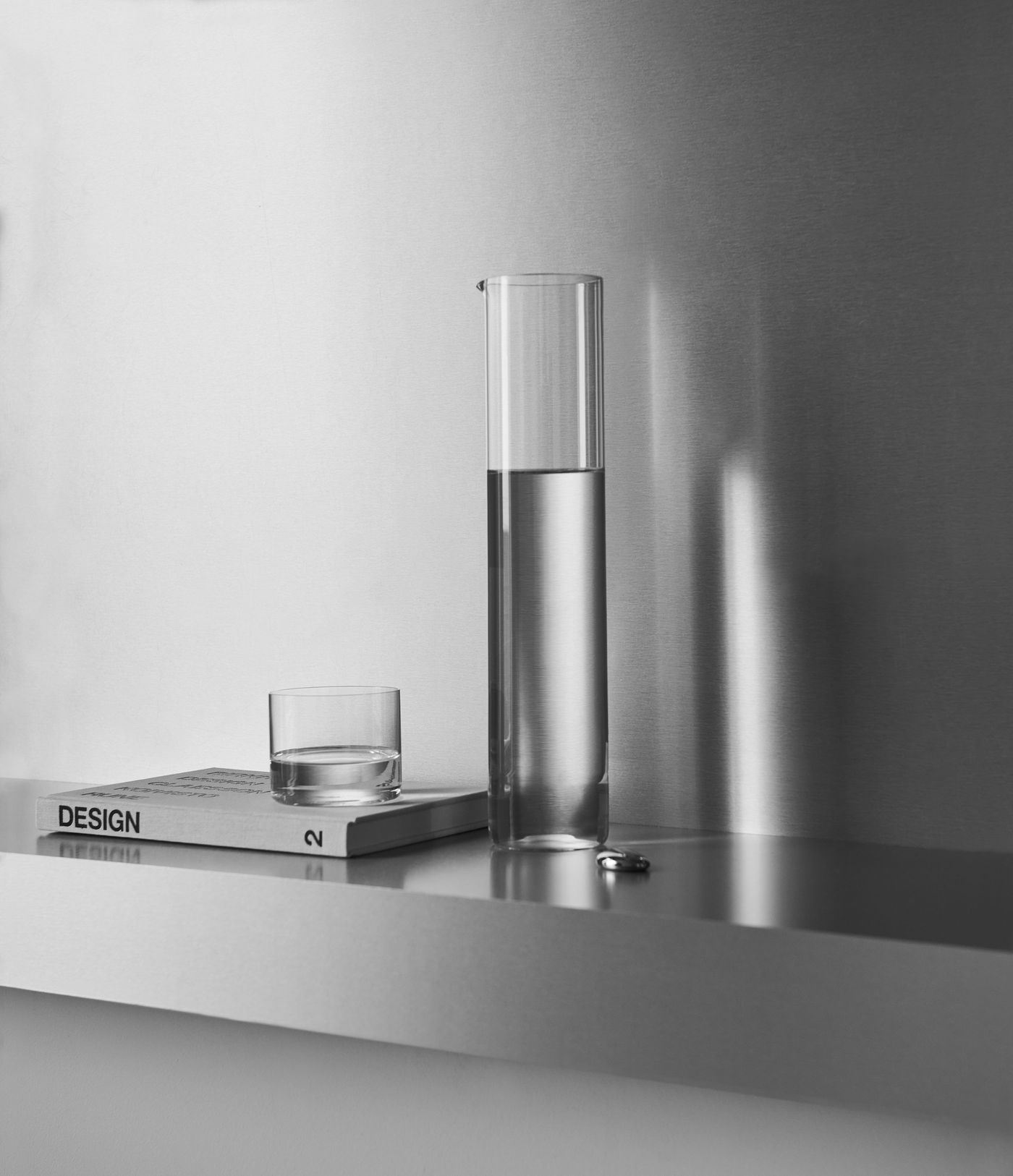
Geometry is the latest tableware series designed by Claesson Koivisto Rune for Orrefors, showcasing a refined balance of form and function.
Photo © Orrefors.
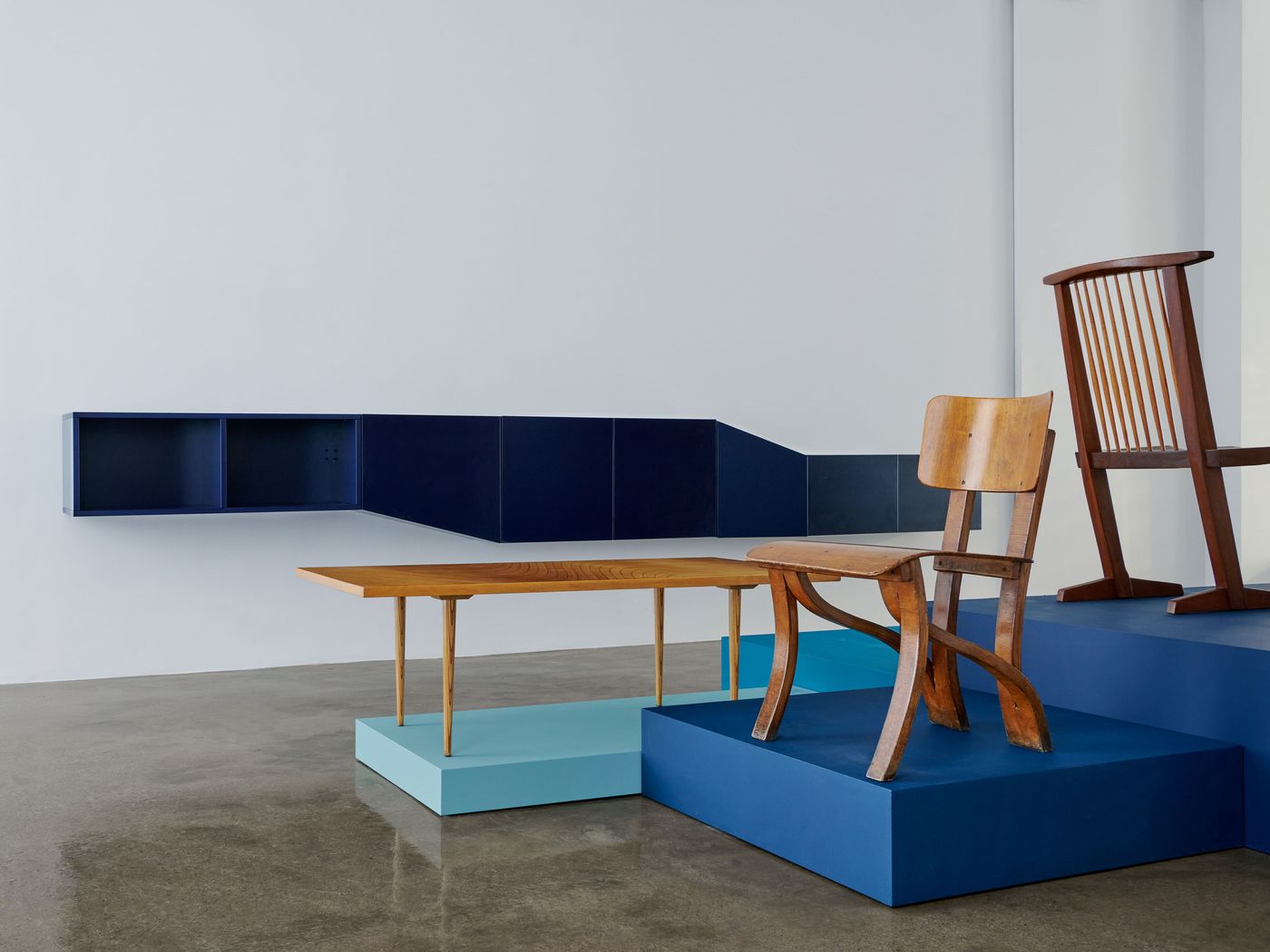
Aiiro, an exhibition curated by Claesson Koivisto Rune in collaboration with Jackson Design, drew inspiration from Astrid Sampe’s striking blue carpet. The showcase featured a carefully curated selection of design pieces by renowned creators, handpicked by Mårten, Eero, and Ola from Jackson’s collection.
“Featuring the rare Type P Chair (birch plywood) by Gerald Summers, 1934.
Produced by Makers of Simple Furniture.
Dimensions: H 71.5 cm (28.1”) × W 45 cm (17.7”) × D 53.5 cm (21.1”)
Seat height: 40 cm (15.7”)”
Provenance:
Decorative Arts, Christie’s, London, 16 February 1994, Lot 74
The Fine Art Society, London
Private British Collection
Private Collection, London
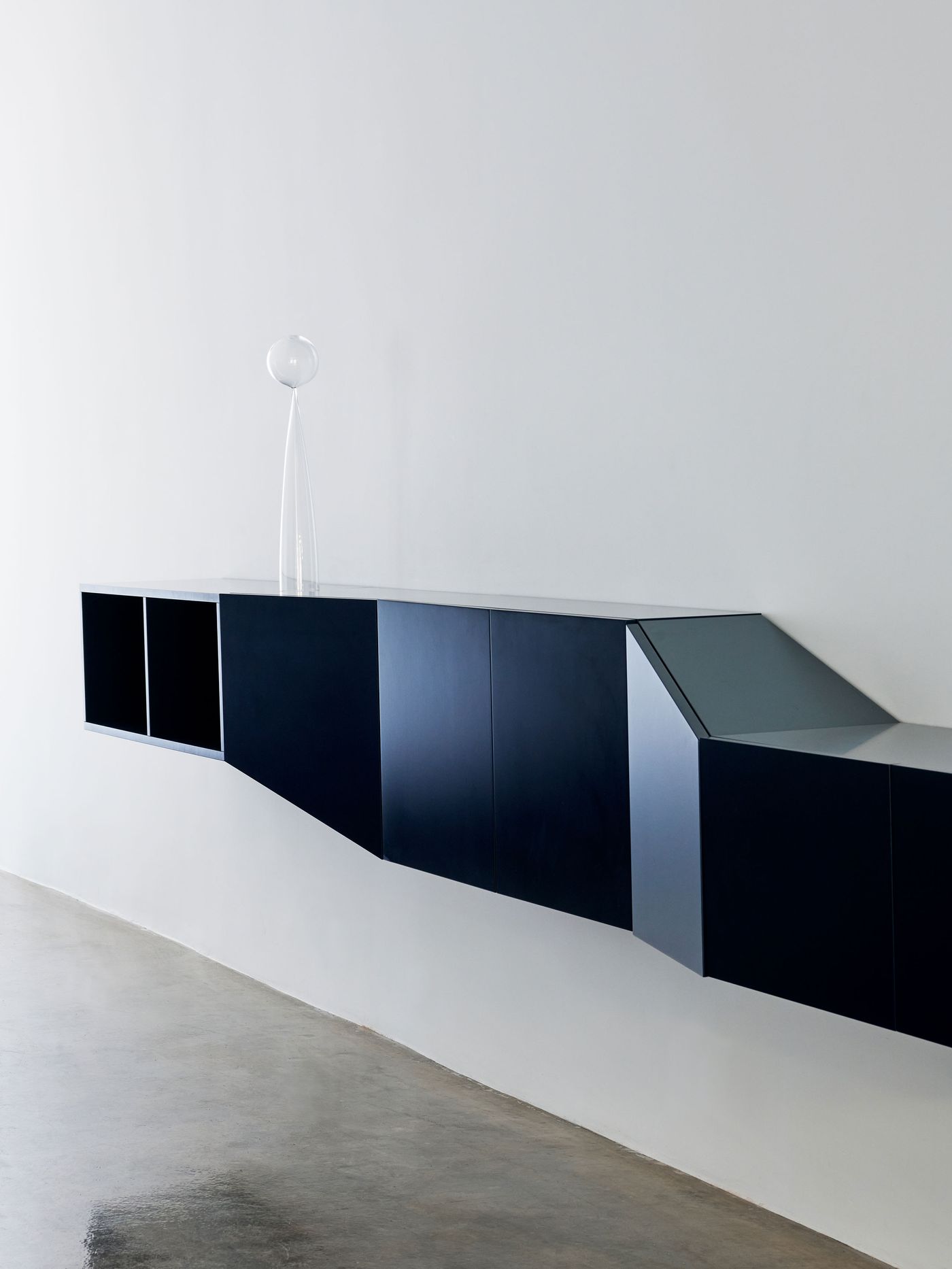
Aiiro, an exhibition curated by Claesson Koivisto Rune in collaboration with Jackson Design, drew inspiration from Astrid Sampe’s striking blue carpet. The showcase featured a carefully curated selection of design pieces by renowned creators, handpicked by Mårten, Eero, and Ola from Jackson’s collection.
‘Hillside’ Cabinet, designed by Claesson Koivisto Rune. Produced by Arflex, 2009. Painted wood.
‘Klot Över Kon’ Sculpture, designed by Johan Selbing. Produced by Orrefors, 1960. Hand blown glass.
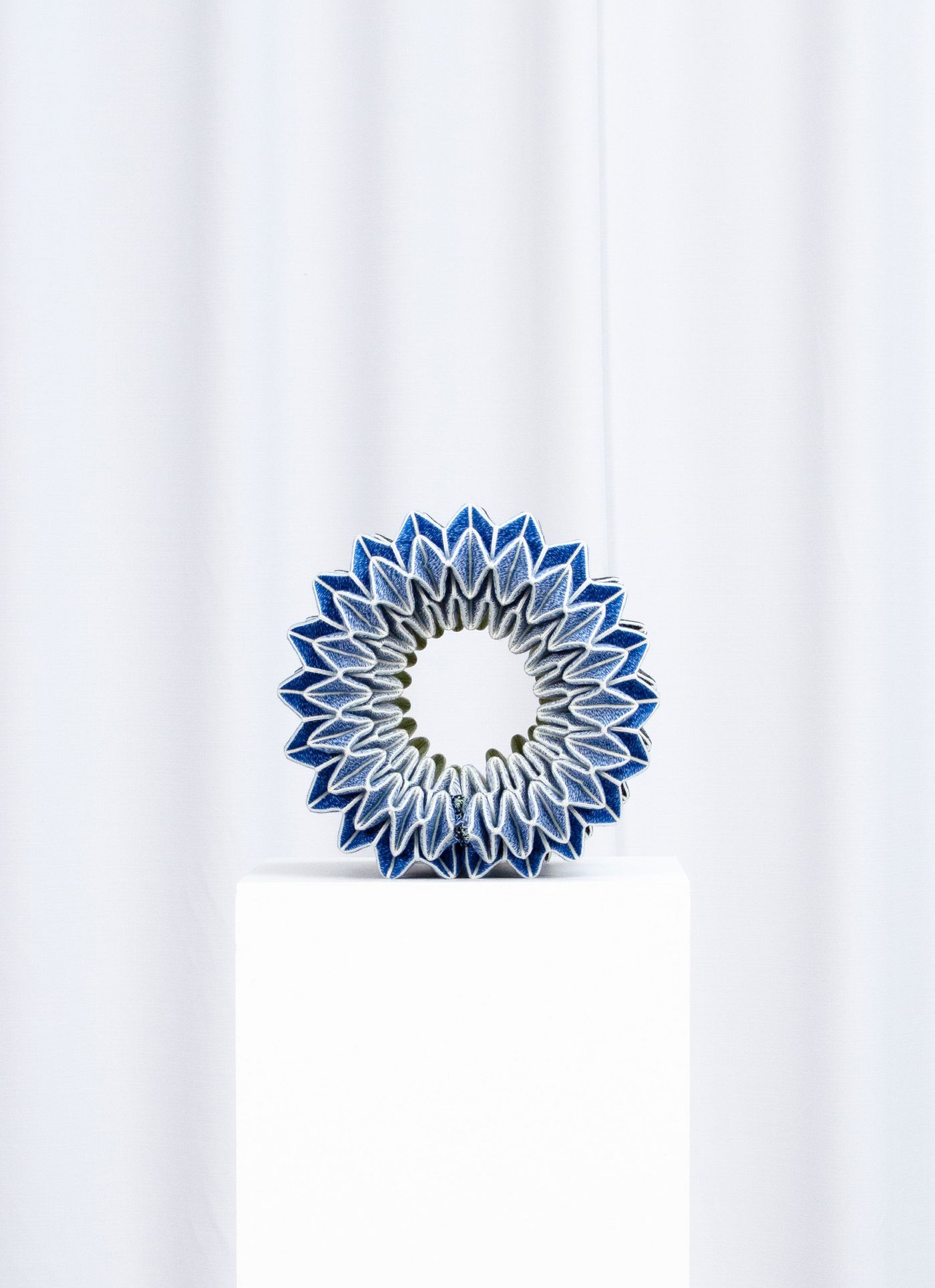
O R I O R I folding woven textile by Emilie Palle Holm.
Photo © Emilie Palle Holm.
Greenhouse Exhibitor (SFF2025).

Wooden chair by Of The Useless (OTU)
Photo © OTU.
Greenhouse Exhibitor (SFF2025).
About our guest contributor Paola Carimati
Architect by training, journalist by profession, she has been intertwining research with design and current affairs since the time of graduation at the Politecnico di Milano. Writing is a practice matured and trained in the field: yesterday, in the editorial staff of Elle Decor Italia, today with important Italian magazines of the groups Editoriale Domus, Il Salone del Mobile, Mondadori and Rcs.
